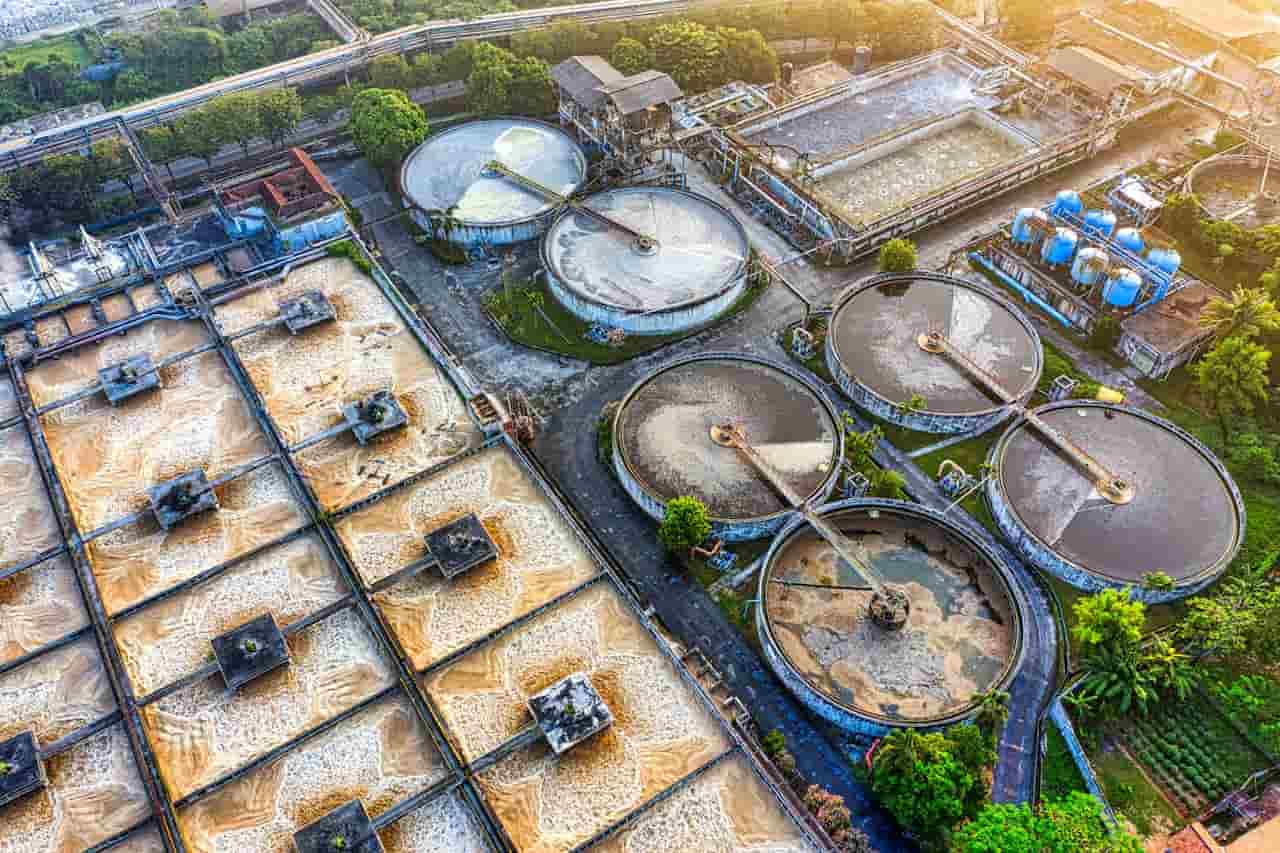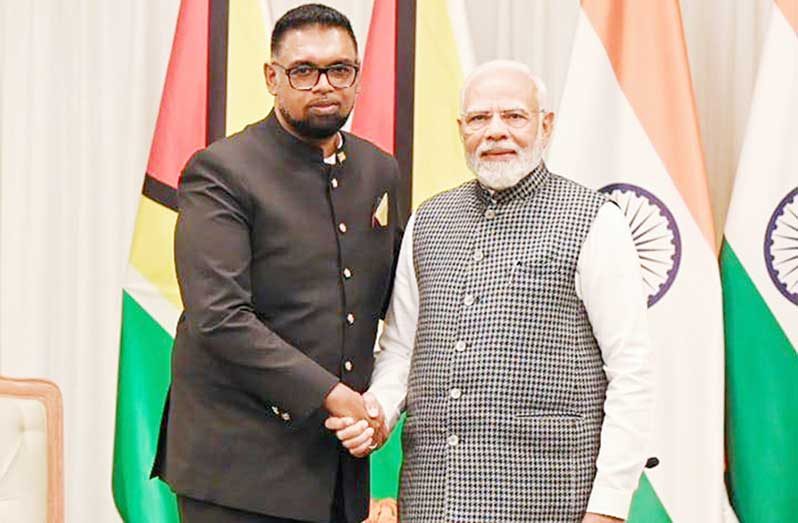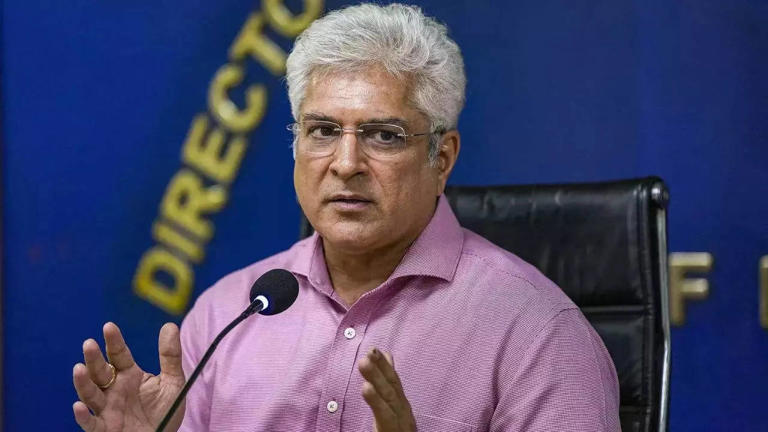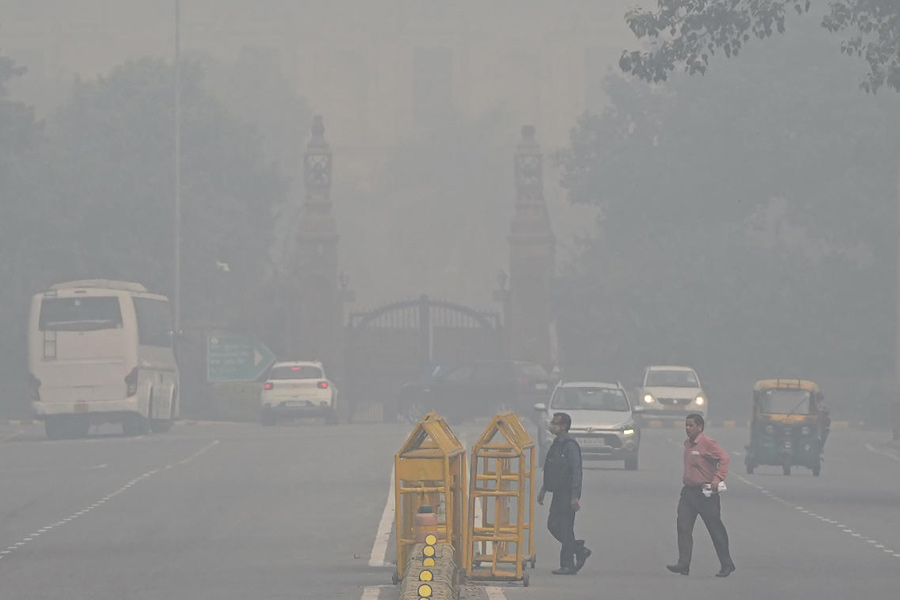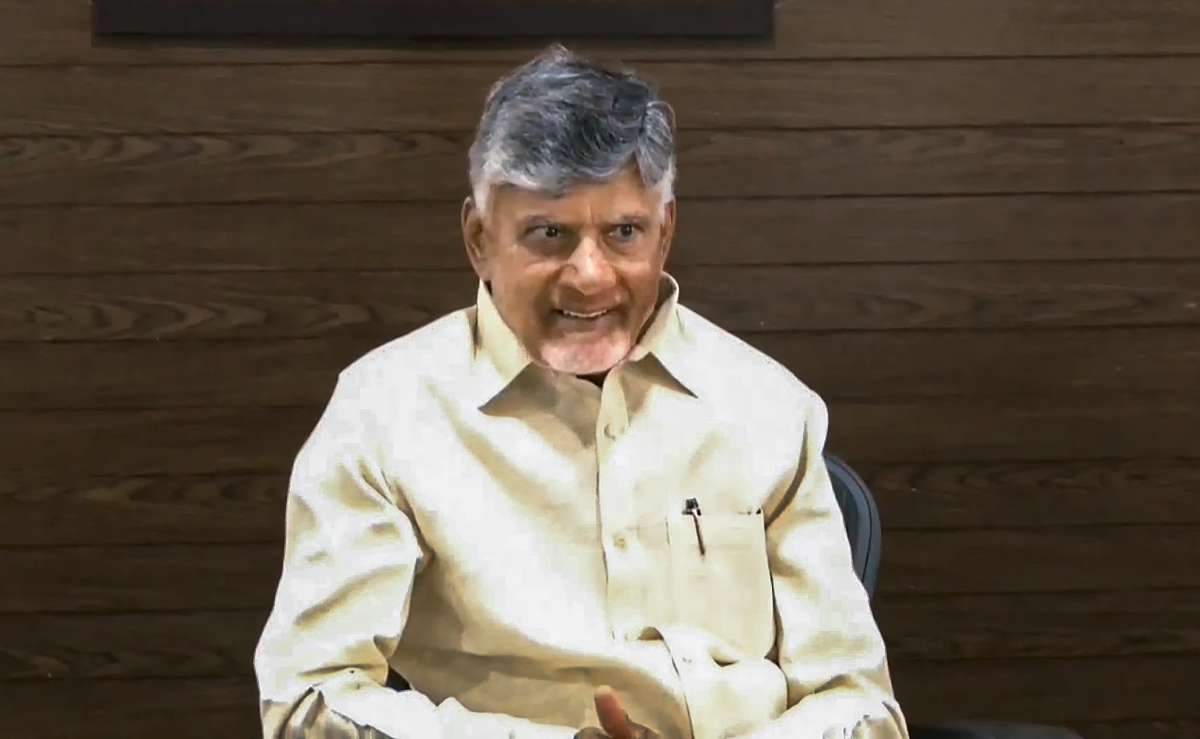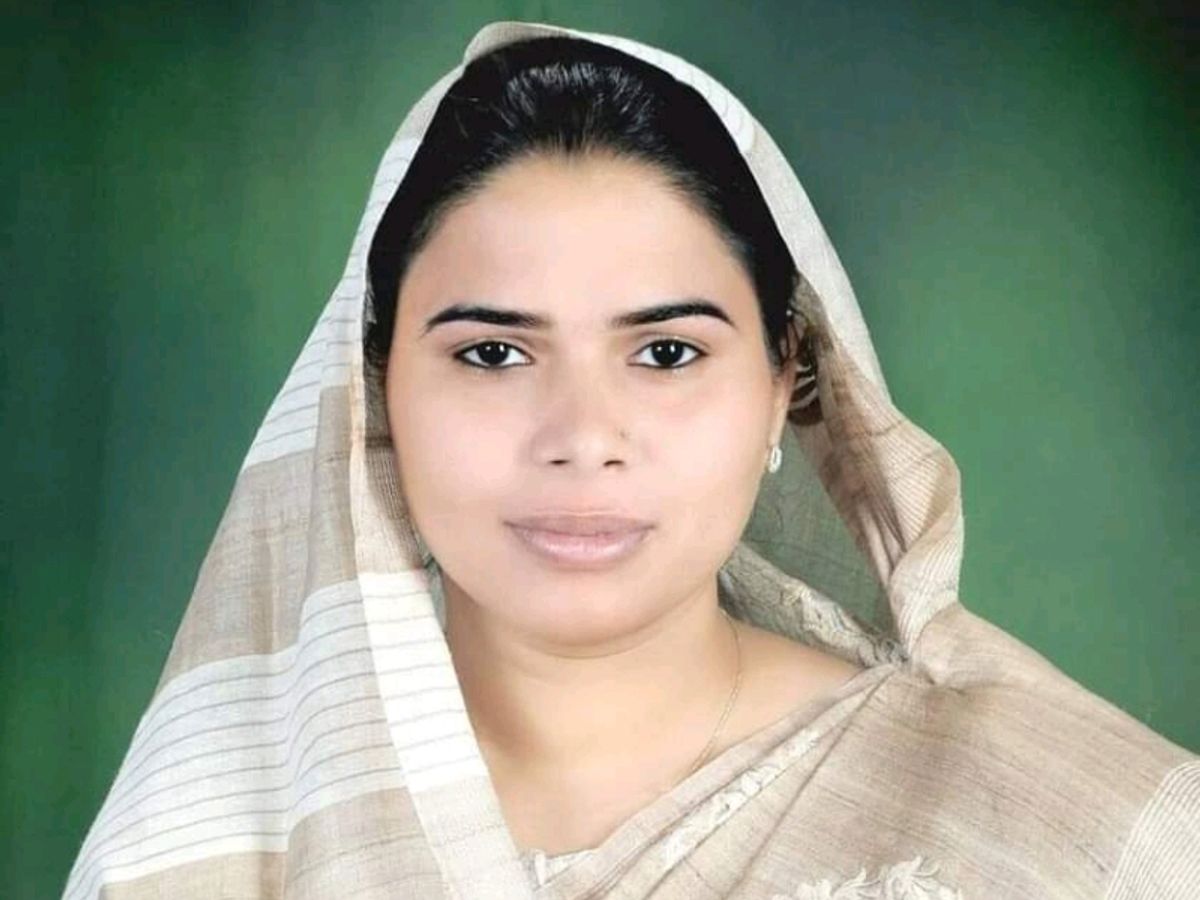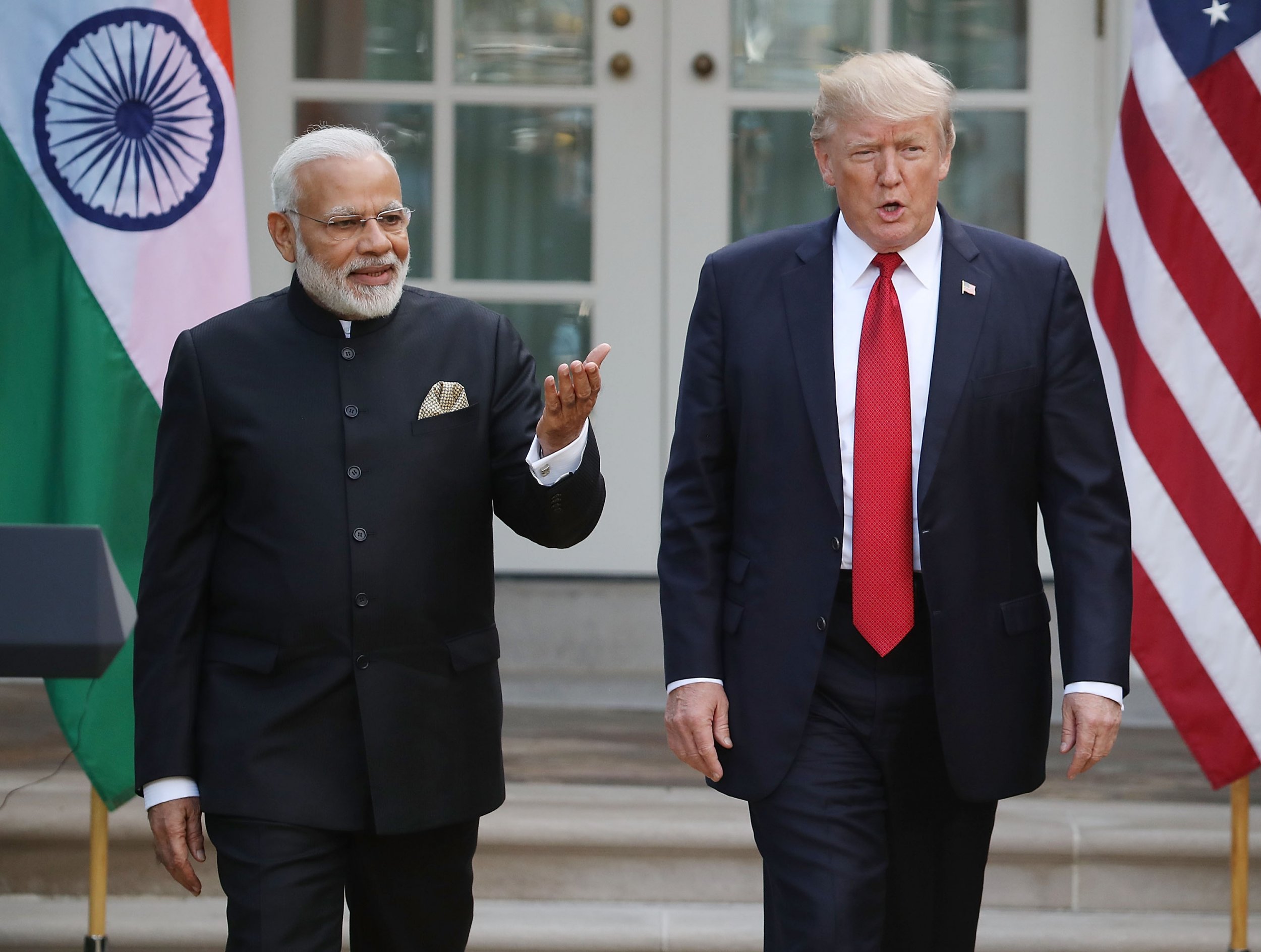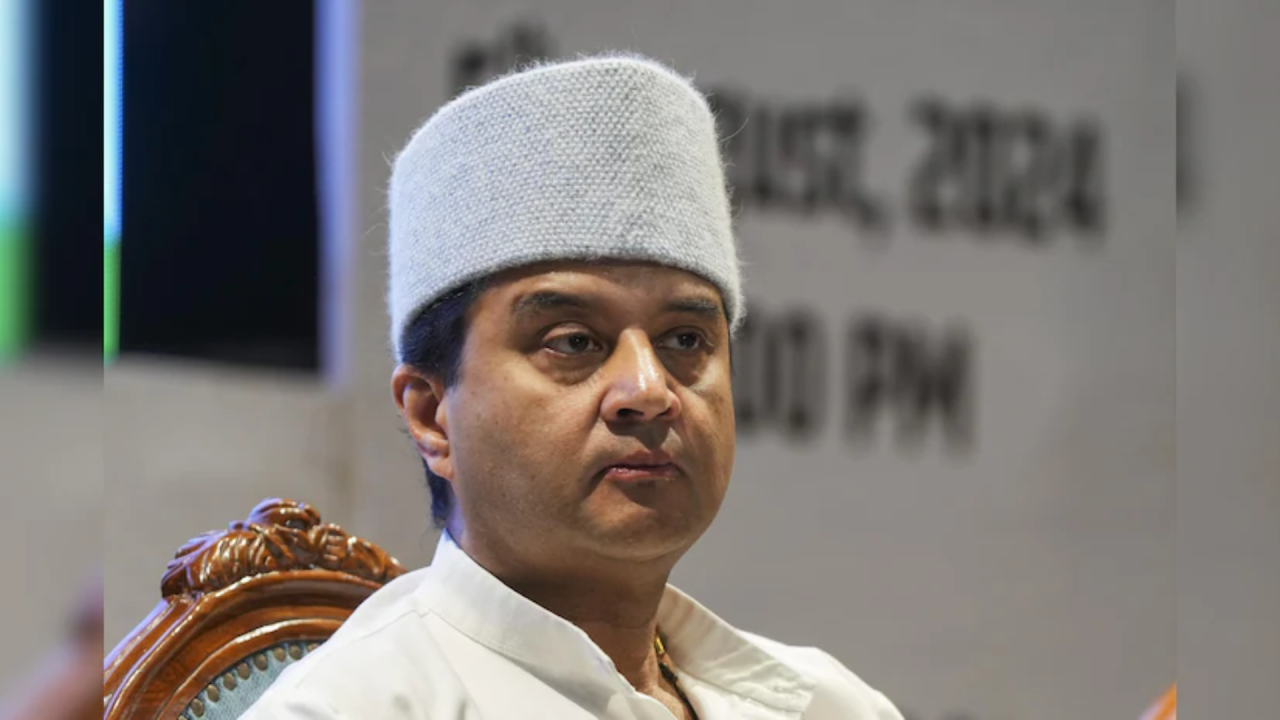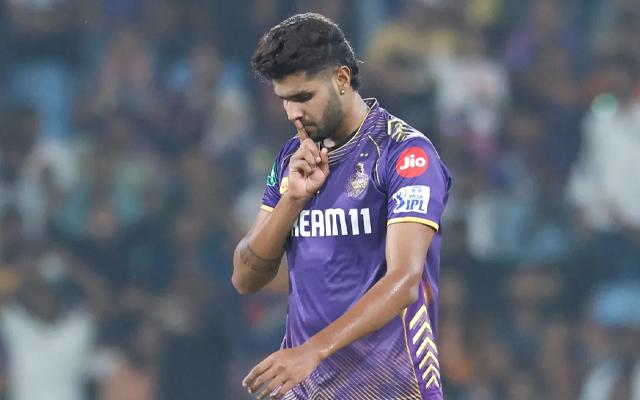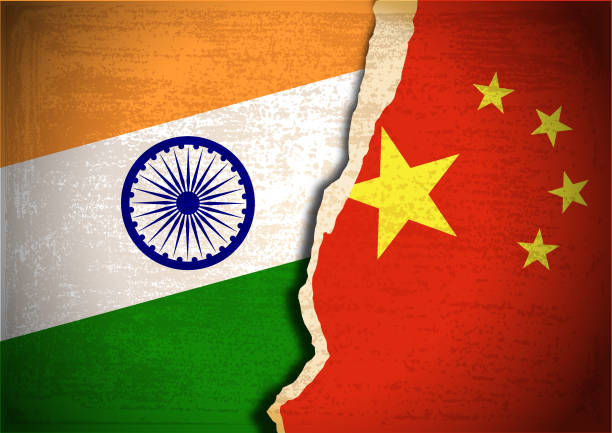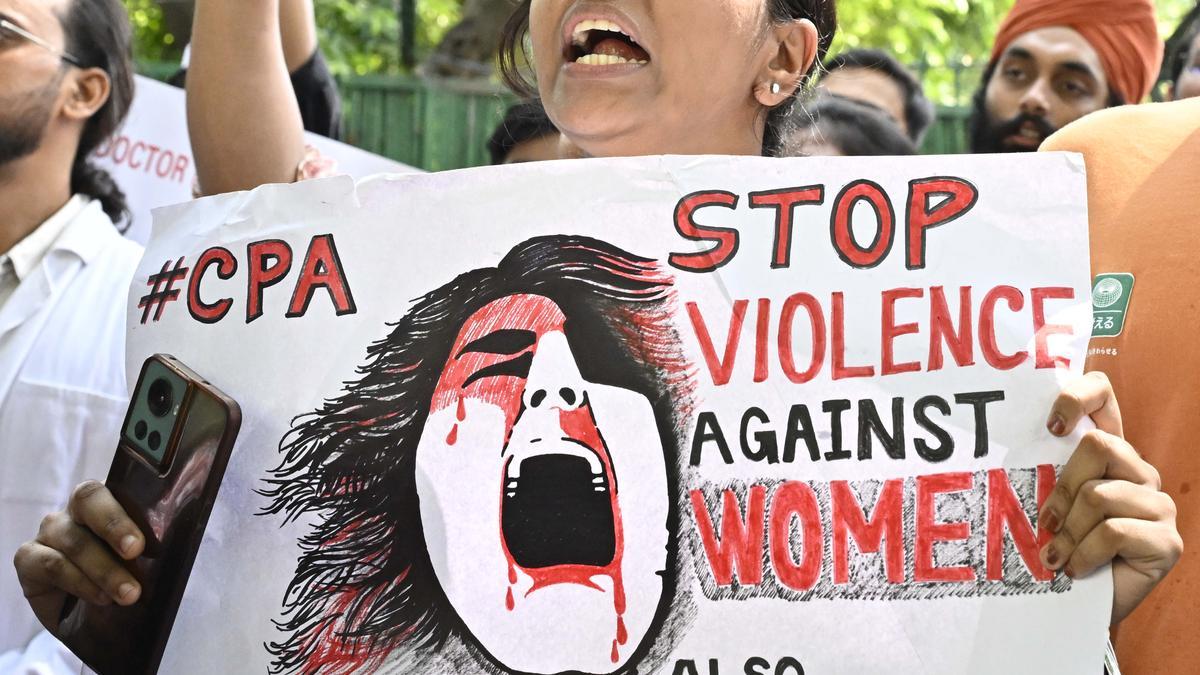Home / health-care / Ayushman Bharat: The Game-Changer India’s Health
Ayushman Bharat: The Game-Changer India’s Health
By: My India Times
5 minutes read 120Updated At: 2024-11-13
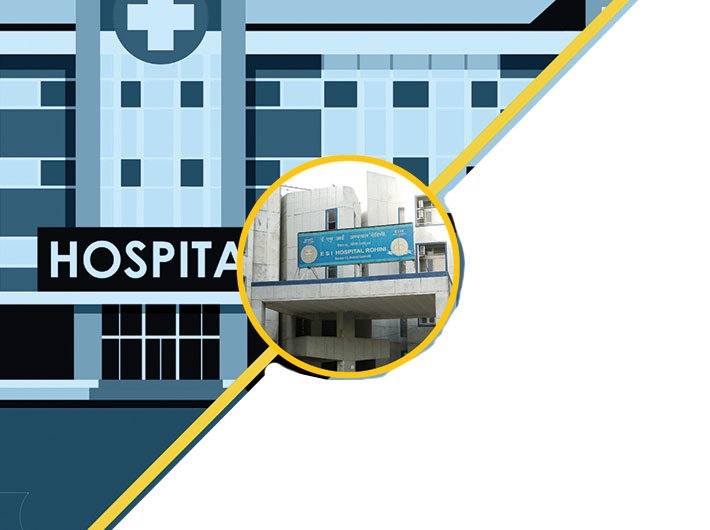
India’s healthcare system, long plagued by unequal access, rising costs, and limited infrastructure, is on the cusp of a monumental transformation. At the heart of this shift is Ayushman Bharat, specifically the Pradhan Mantri Jan Arogya Yojana (PMJAY), the world’s largest publicly funded health insurance scheme. Set to launch on September 25, the programme is poised to fundamentally reshape India’s healthcare landscape, offering unprecedented support to over 50 crore people across 10 crore households. While the scope and potential of this scheme are immense, its true impact will depend on the execution, integration with local healthcare systems, and its ability to drive a cultural shift toward universal health coverage.
Ayushman Bharat: A Lifeline for the Vulnerable
PMJAY’s core objective is to provide INR 5 lakh per family per year for secondary and tertiary healthcare, a step aimed at alleviating the financial burden on Economically Weaker Sections (EWS) who often fall into debt due to healthcare costs. As Prime Minister Narendra Modi declared on the occasion of the 72nd Independence Day, the scheme is not just a policy intervention but a social revolution designed to eliminate the financial barriers to healthcare. "No poor person will have to face the struggle of dealing with diseases, nor will they have to borrow money from moneylenders," he said during the launch announcement.
With an estimated coverage that could extend to nearly 50 crore beneficiaries, PMJAY has the potential to be a game-changer. To put this in perspective, the population of beneficiaries could be compared to the combined population of the United States, Mexico, and Canada or the European Union. This scale is unparalleled, and the success of the initiative will depend heavily on the execution on the ground.
Unprecedented Healthcare Access: A Shift Towards Universal Coverage
PMJAY promises a wide range of services, covering more than 1300 medical procedures, including pre-and post-hospitalization, diagnostics, medicines, and surgical interventions. Beneficiaries are not limited to a specific region; the scheme offers inter-state portability, meaning individuals can access care at a network of hospitals across India, ensuring equitable treatment regardless of geographical boundaries.
The system’s design is technology-driven, with a transparent digital framework that promises to reduce corruption and inefficiencies. Tech tools ensure that ordinary citizens will be able to navigate the system with ease. While PMJAY seems promising on paper, there are substantial hurdles to overcome, particularly the alignment of government infrastructure, private sector participation, and quality assurance in healthcare delivery.
The Reality Check: Addressing Challenges in Infrastructure and Service Delivery
Healthcare experts argue that while the vision of Ayushman Bharat is indeed ambitious, nationally mandating health insurance requires a major overhaul of India’s healthcare infrastructure. The government must focus on not just expanding health insurance coverage but also ensuring that the quality of public healthcare facilities across rural and underserved regions is improved to handle the influx of beneficiaries. The current state of government healthcare services often leaves much to be desired, with underfunded hospitals, outdated equipment, and insufficient skilled professionals.
Dr. Sandeep Rao, a leading health policy expert, says, "The promise of Ayushman Bharat cannot be fulfilled unless there is a parallel focus on upgrading primary healthcare infrastructure, training medical professionals, and improving public hospitals' capabilities." Without this, the demand for services may outstrip the capacity of existing facilities, and the quality of care may be compromised.
Additionally, while the government is actively engaging with private sector players to offer services under the scheme, the balance between affordable pricing and quality care remains a delicate issue. Private hospitals, though an essential part of the provider network, often face difficulties in offering services at the right price while maintaining profitability. The profitability challenge for private players could either discourage them from fully participating in the scheme or lead to a reduction in quality if costs are driven down too aggressively.
The Road Ahead: Public-Private Collaboration & Systemic Reforms
The success of PMJAY hinges on effective public-private partnerships (PPP). However, for such partnerships to succeed, there must be clear incentives for both sectors to work together for the common goal of improving healthcare access. According to Arvind Chugh, a prominent healthcare economist, "The private sector must be incentivized not only through adequate reimbursement rates but also through the promise of innovative service models that focus on preventive care and quality healthcare outcomes, rather than just volume-driven revenue."
To this end, the government’s focus on Tier-II and Tier-III cities—where the need for healthcare infrastructure is most acute—is commendable. New hospitals and healthcare facilities will be established, generating a ripple effect in terms of employment opportunities in healthcare and related sectors. As Prime Minister Modi pointed out, this will also create new avenues of employment for youth and middle-class families in the health sector.
However, the proof of the pudding will be in the implementation. A successful rollout requires a robust feedback loop that monitors and evaluates the impact on beneficiaries, as well as continuous adjustments based on real-world challenges.
Redefining Health Insurance: A Vision for the Future
PMJAY is not just a health insurance programme; it is a new vision for universal health coverage in India. By providing financial risk protection, it has the potential to reduce the catastrophic out-of-pocket expenditures that push families into poverty. But for it to succeed, the system needs to address systemic inefficiencies, focus on quality healthcare at all levels, and encourage innovative healthcare delivery models.
As Ramesh Singh, a healthcare consultant, puts it, "PMJAY is not just about insurance; it is about changing the way we view healthcare in India. It is about ensuring that no one is left behind in the quest for better health."
India’s healthcare system is on the verge of a revolution, but it will require not just good intentions but sustained effort, collaboration, and innovation to ensure that Ayushman Bharat achieves its full potential. If implemented effectively, this initiative can indeed pave the way for a healthier, more equitable India.
....India’s healthcare system, long plagued by unequal access, rising costs, and limited infrastructure, is on the cusp of a monumental transformation. At the heart of this shift is Ayushman Bharat, specifically the Pradhan Mantri Jan Arogya Yojana (PMJAY), the world’s largest publicly funded health insurance scheme. Set to launch on September 25, the programme is poised to fundamentally reshape India’s healthcare landscape, offering unprecedented support to over 50 crore people across 10 crore households. While the scope and potential of this scheme are immense, its true impact will depend on the execution, integration with local healthcare systems, and its ability to drive a cultural shift toward universal health coverage.
Ayushman Bharat: A Lifeline for the Vulnerable
PMJAY’s core objective is to provide INR 5 lakh per family per year for secondary and tertiary healthcare, a step aimed at alleviating the financial burden on Economically Weaker Sections (EWS) who often fall into debt due to healthcare costs. As Prime Minister Narendra Modi declared on the occasion of the 72nd Independence Day, the scheme is not just a policy intervention but a social revolution designed to eliminate the financial barriers to healthcare. "No poor person will have to face the struggle of dealing with diseases, nor will they have to borrow money from moneylenders," he said during the launch announcement.
With an estimated coverage that could extend to nearly 50 crore beneficiaries, PMJAY has the potential to be a game-changer. To put this in perspective, the population of beneficiaries could be compared to the combined population of the United States, Mexico, and Canada or the European Union. This scale is unparalleled, and the success of the initiative will depend heavily on the execution on the ground.
Unprecedented Healthcare Access: A Shift Towards Universal Coverage
PMJAY promises a wide range of services, covering more than 1300 medical procedures, including pre-and post-hospitalization, diagnostics, medicines, and surgical interventions. Beneficiaries are not limited to a specific region; the scheme offers inter-state portability, meaning individuals can access care at a network of hospitals across India, ensuring equitable treatment regardless of geographical boundaries.
The system’s design is technology-driven, with a transparent digital framework that promises to reduce corruption and inefficiencies. Tech tools ensure that ordinary citizens will be able to navigate the system with ease. While PMJAY seems promising on paper, there are substantial hurdles to overcome, particularly the alignment of government infrastructure, private sector participation, and quality assurance in healthcare delivery.
The Reality Check: Addressing Challenges in Infrastructure and Service Delivery
Healthcare experts argue that while the vision of Ayushman Bharat is indeed ambitious, nationally mandating health insurance requires a major overhaul of India’s healthcare infrastructure. The government must focus on not just expanding health insurance coverage but also ensuring that the quality of public healthcare facilities across rural and underserved regions is improved to handle the influx of beneficiaries. The current state of government healthcare services often leaves much to be desired, with underfunded hospitals, outdated equipment, and insufficient skilled professionals.
Dr. Sandeep Rao, a leading health policy expert, says, "The promise of Ayushman Bharat cannot be fulfilled unless there is a parallel focus on upgrading primary healthcare infrastructure, training medical professionals, and improving public hospitals' capabilities." Without this, the demand for services may outstrip the capacity of existing facilities, and the quality of care may be compromised.
Additionally, while the government is actively engaging with private sector players to offer services under the scheme, the balance between affordable pricing and quality care remains a delicate issue. Private hospitals, though an essential part of the provider network, often face difficulties in offering services at the right price while maintaining profitability. The profitability challenge for private players could either discourage them from fully participating in the scheme or lead to a reduction in quality if costs are driven down too aggressively.
The Road Ahead: Public-Private Collaboration & Systemic Reforms
The success of PMJAY hinges on effective public-private partnerships (PPP). However, for such partnerships to succeed, there must be clear incentives for both sectors to work together for the common goal of improving healthcare access. According to Arvind Chugh, a prominent healthcare economist, "The private sector must be incentivized not only through adequate reimbursement rates but also through the promise of innovative service models that focus on preventive care and quality healthcare outcomes, rather than just volume-driven revenue."
To this end, the government’s focus on Tier-II and Tier-III cities—where the need for healthcare infrastructure is most acute—is commendable. New hospitals and healthcare facilities will be established, generating a ripple effect in terms of employment opportunities in healthcare and related sectors. As Prime Minister Modi pointed out, this will also create new avenues of employment for youth and middle-class families in the health sector.
However, the proof of the pudding will be in the implementation. A successful rollout requires a robust feedback loop that monitors and evaluates the impact on beneficiaries, as well as continuous adjustments based on real-world challenges.
Redefining Health Insurance: A Vision for the Future
PMJAY is not just a health insurance programme; it is a new vision for universal health coverage in India. By providing financial risk protection, it has the potential to reduce the catastrophic out-of-pocket expenditures that push families into poverty. But for it to succeed, the system needs to address systemic inefficiencies, focus on quality healthcare at all levels, and encourage innovative healthcare delivery models.
As Ramesh Singh, a healthcare consultant, puts it, "PMJAY is not just about insurance; it is about changing the way we view healthcare in India. It is about ensuring that no one is left behind in the quest for better health."
India’s healthcare system is on the verge of a revolution, but it will require not just good intentions but sustained effort, collaboration, and innovation to ensure that Ayushman Bharat achieves its full potential. If implemented effectively, this initiative can indeed pave the way for a healthier, more equitable India.
By: My India Times
Updated At: 2024-11-13
Tags: health-care News | My India Times News | Trending News | Travel News
Join our WhatsApp Channel




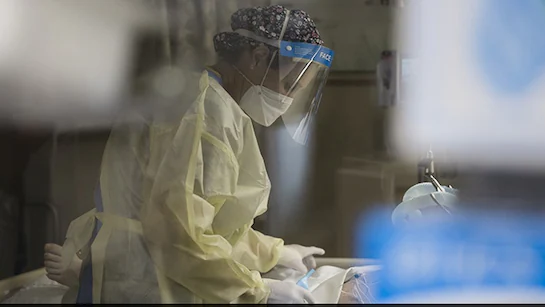












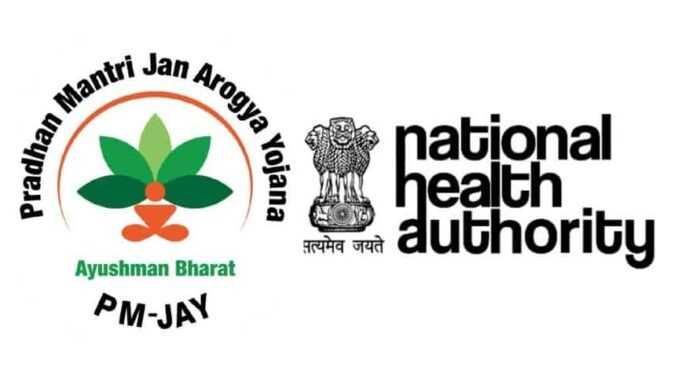


.jfif)




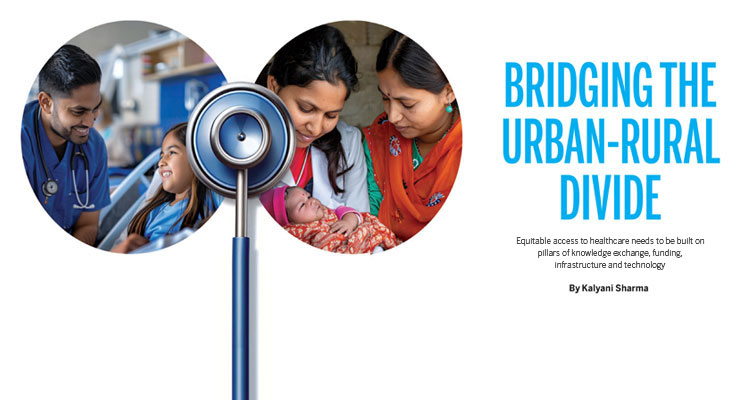

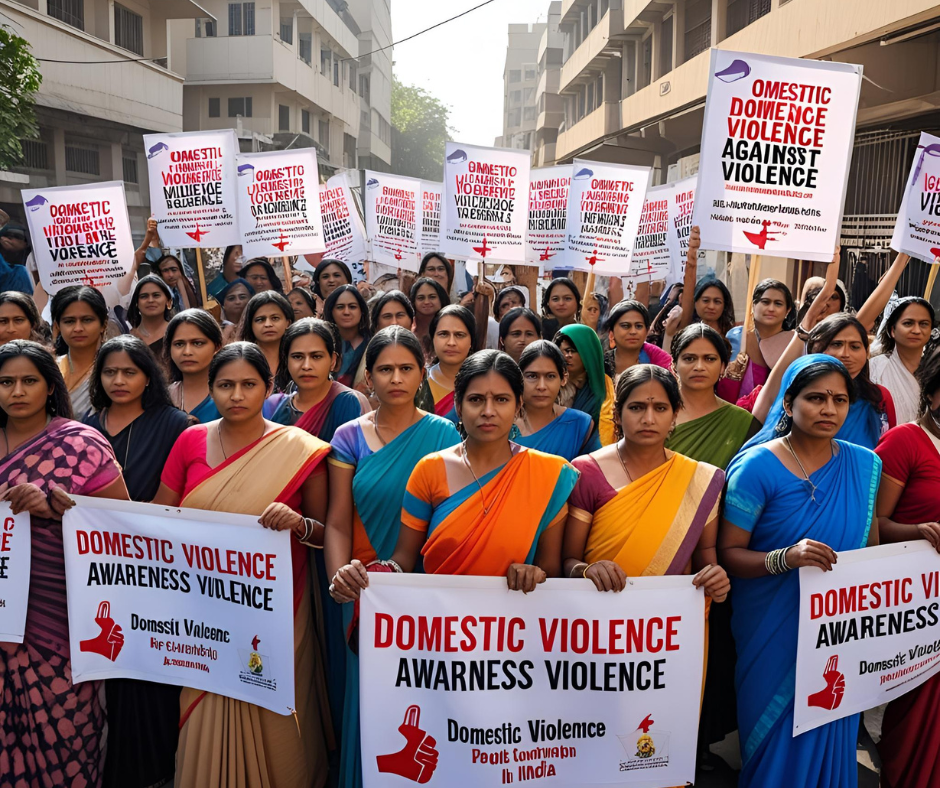




















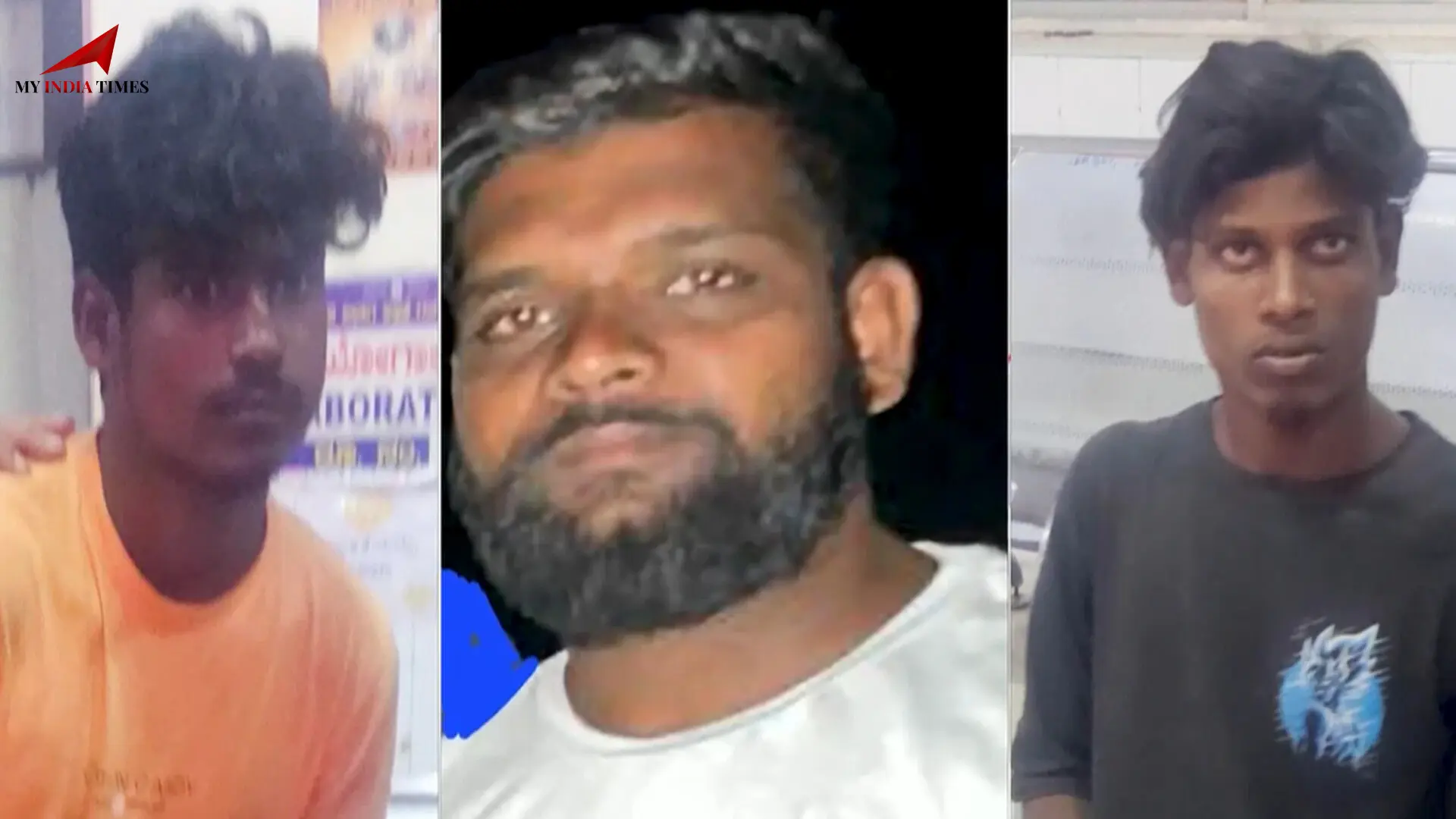
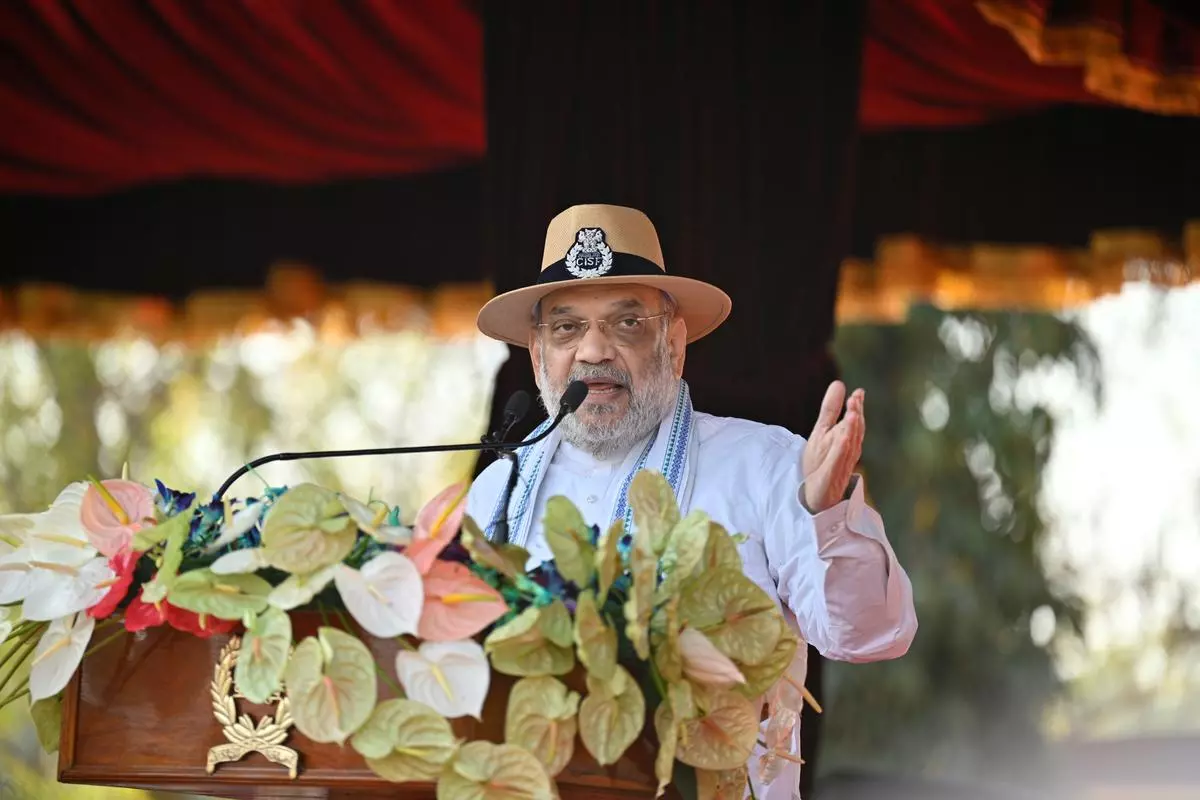





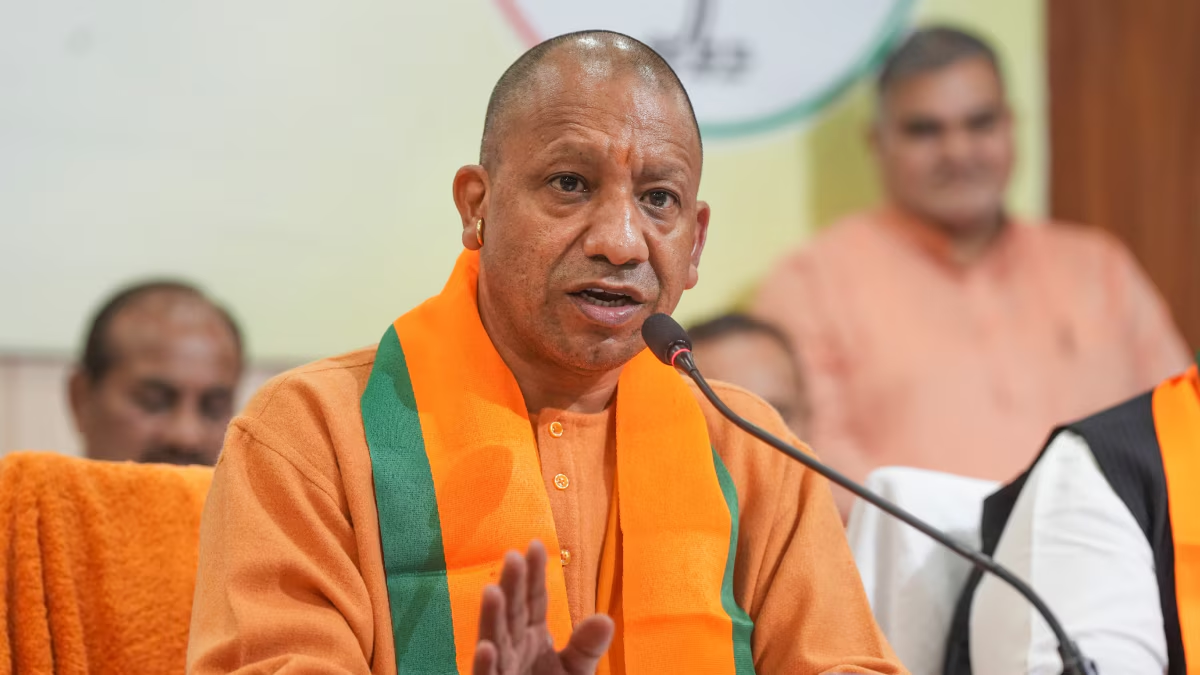
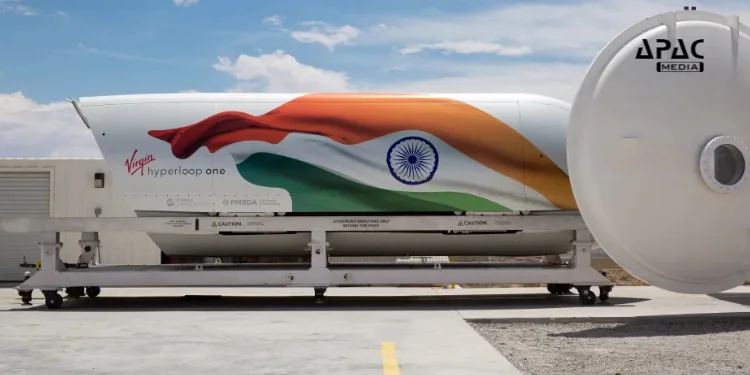

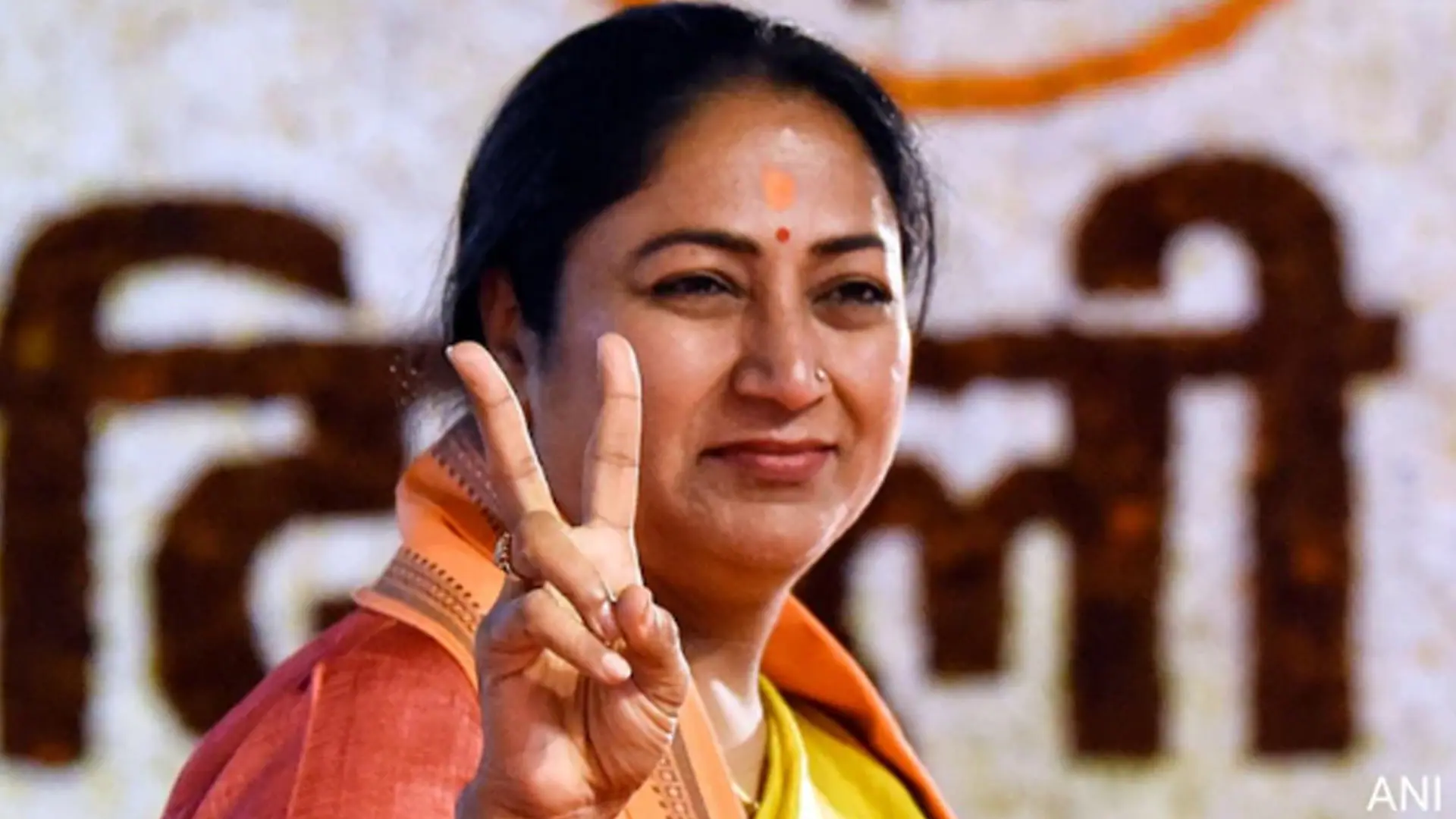

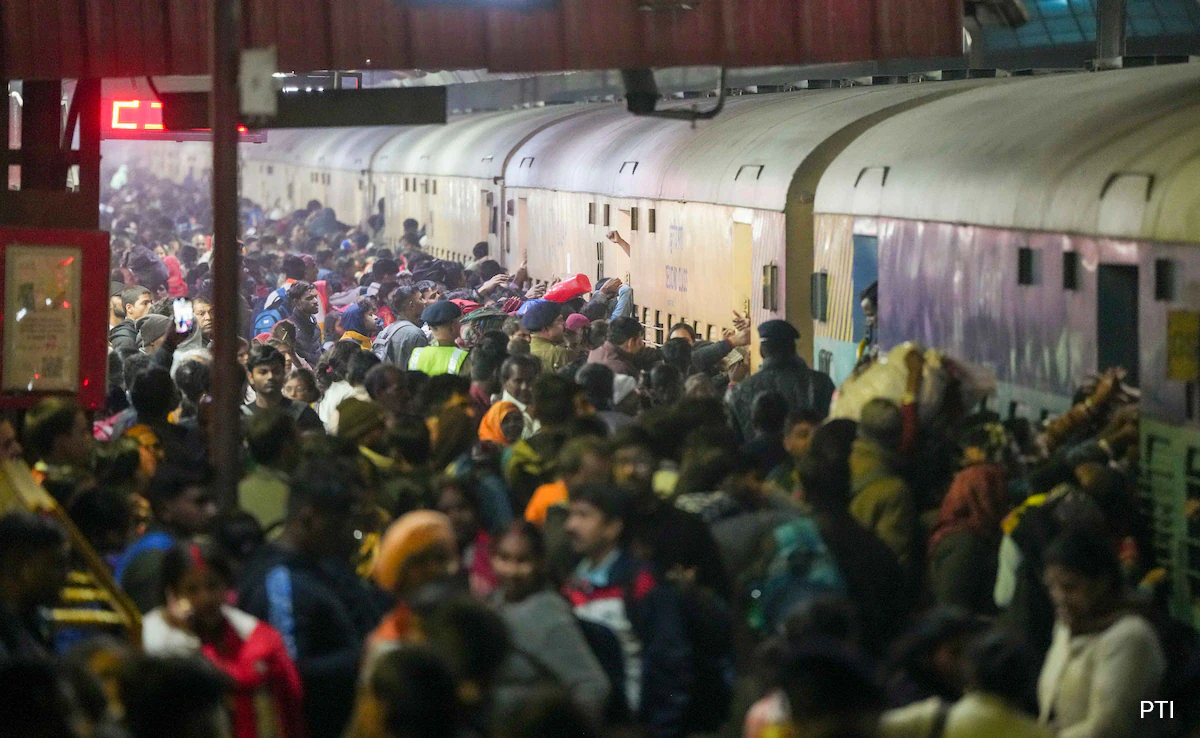
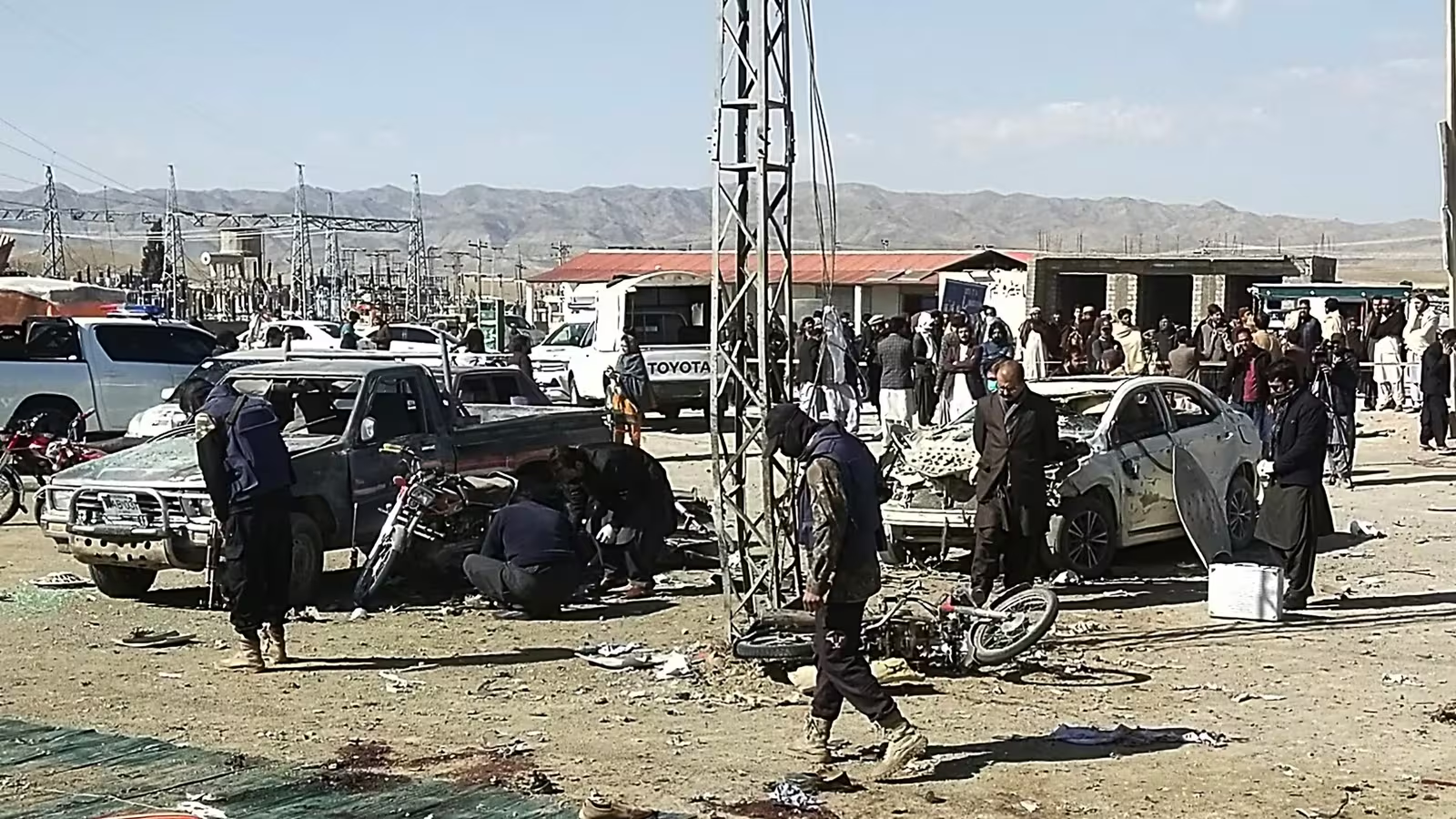
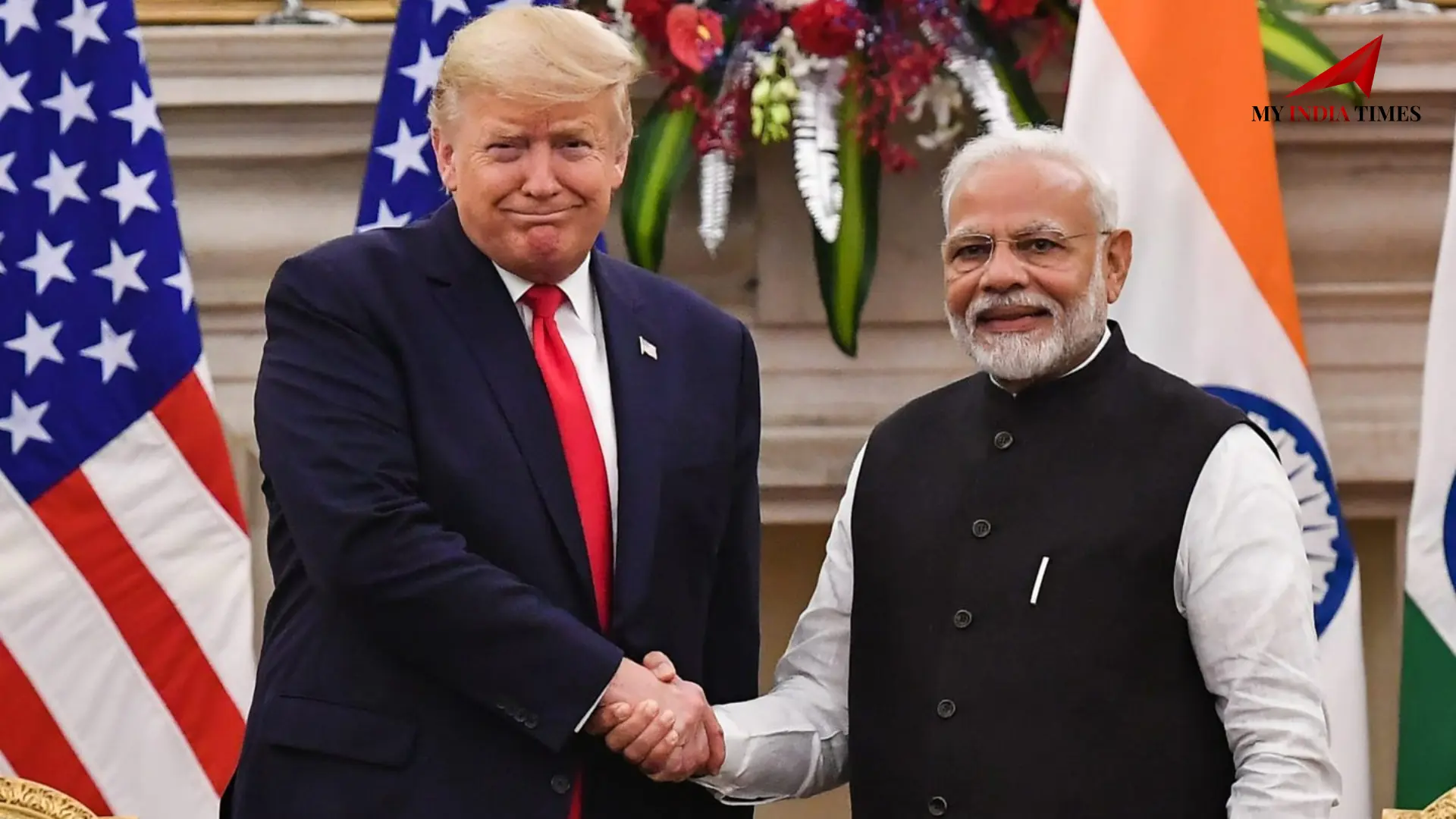
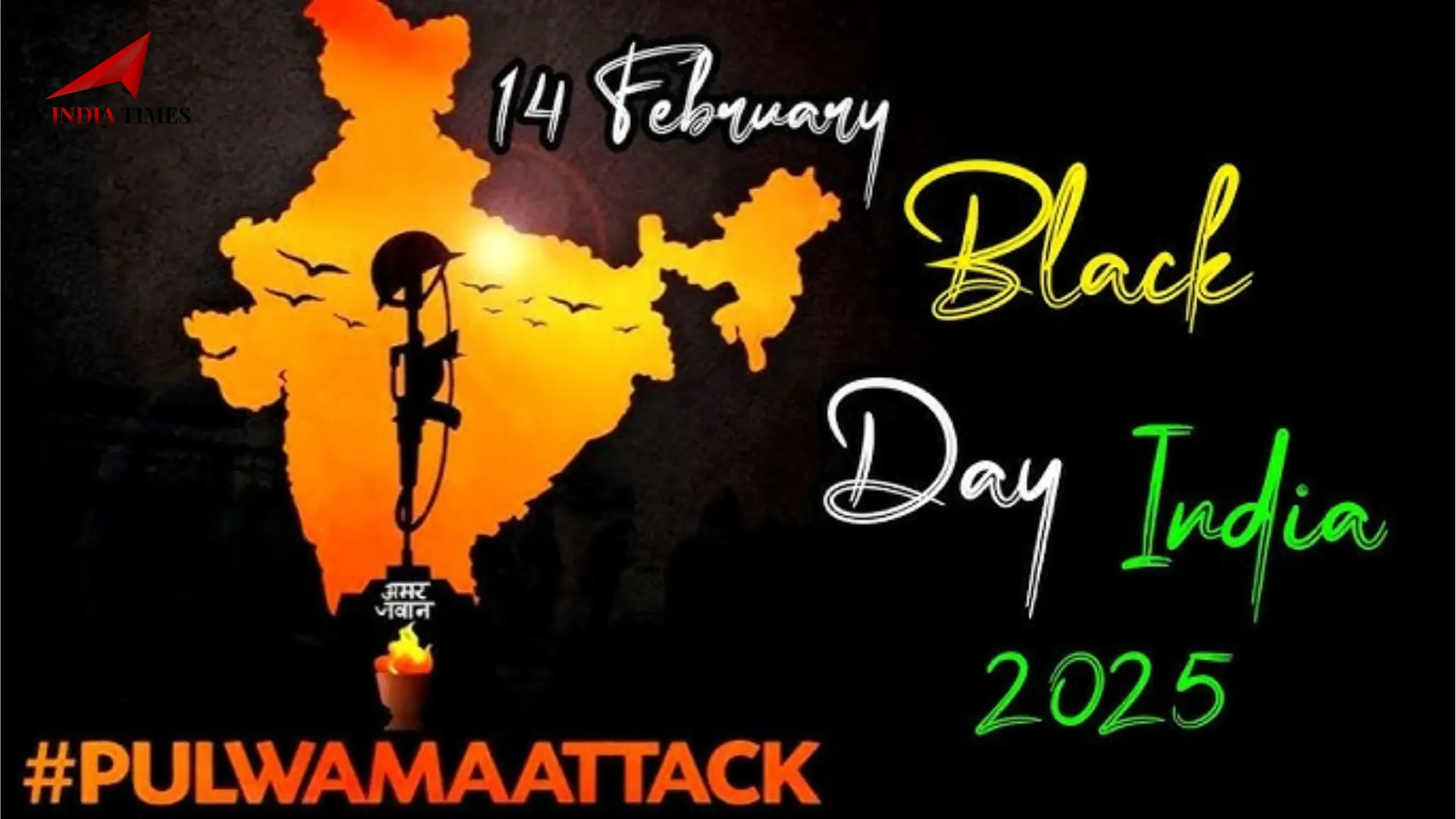
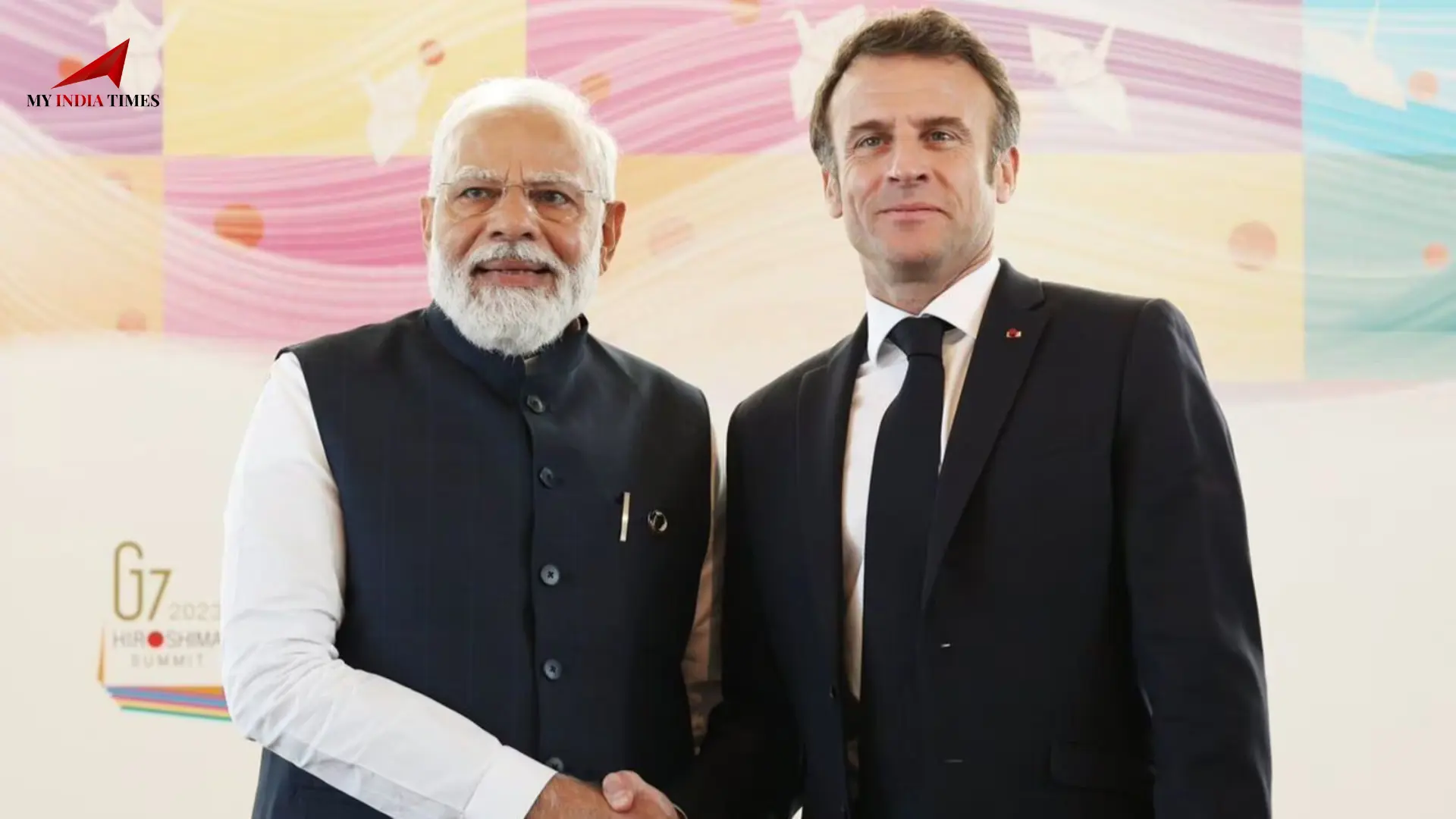

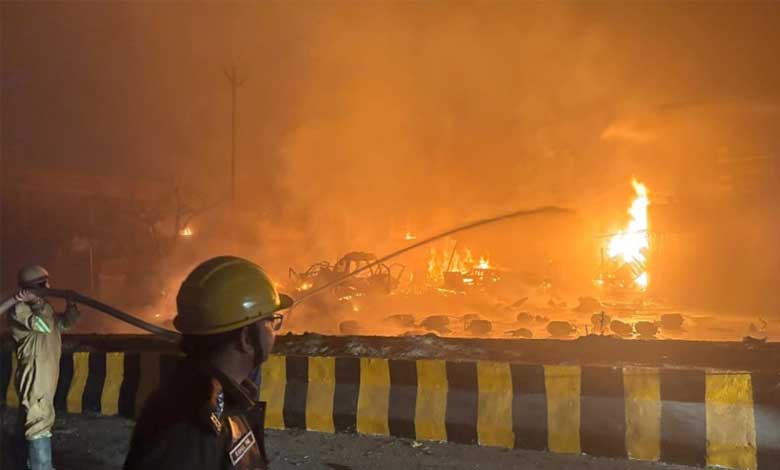




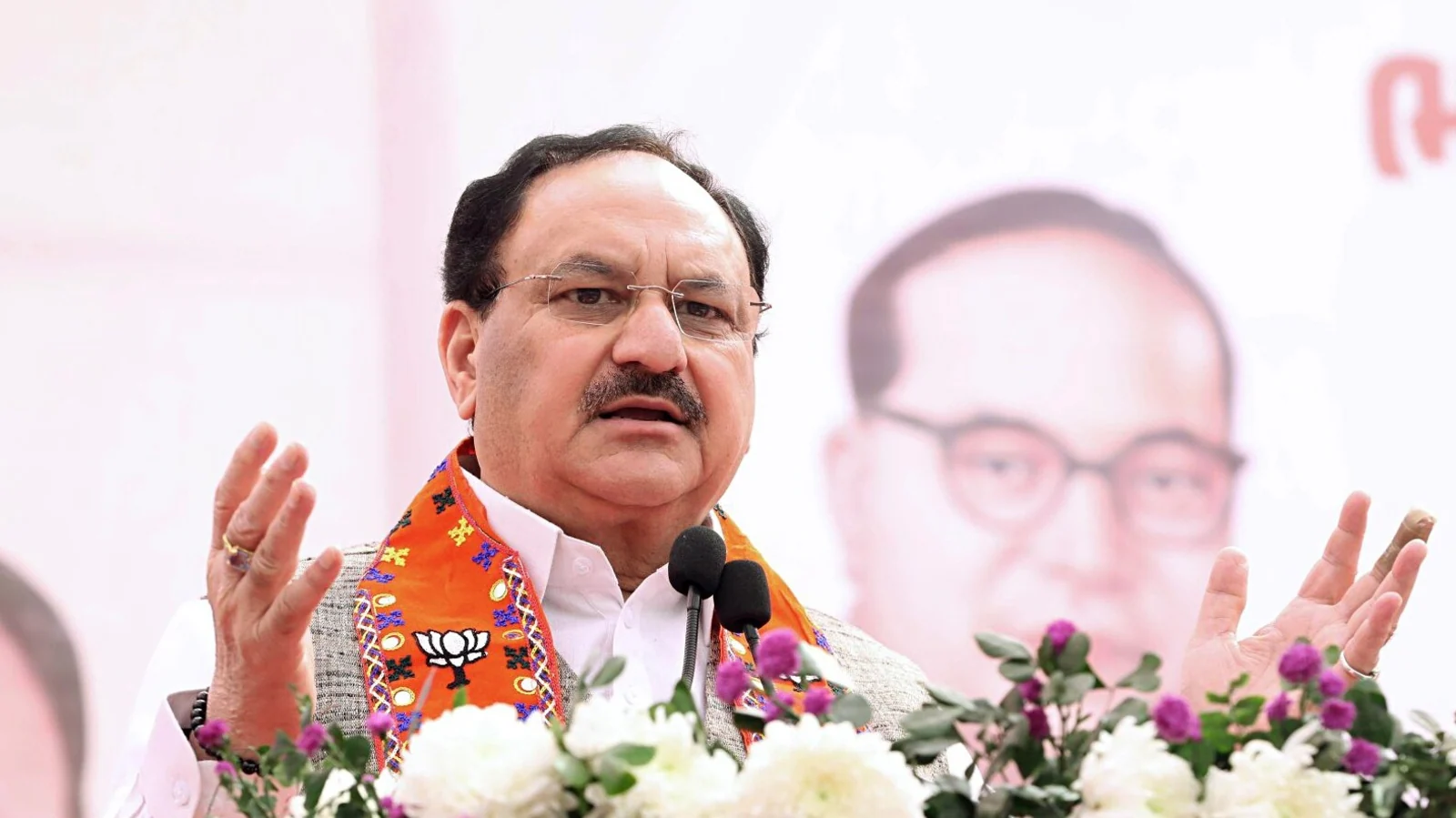
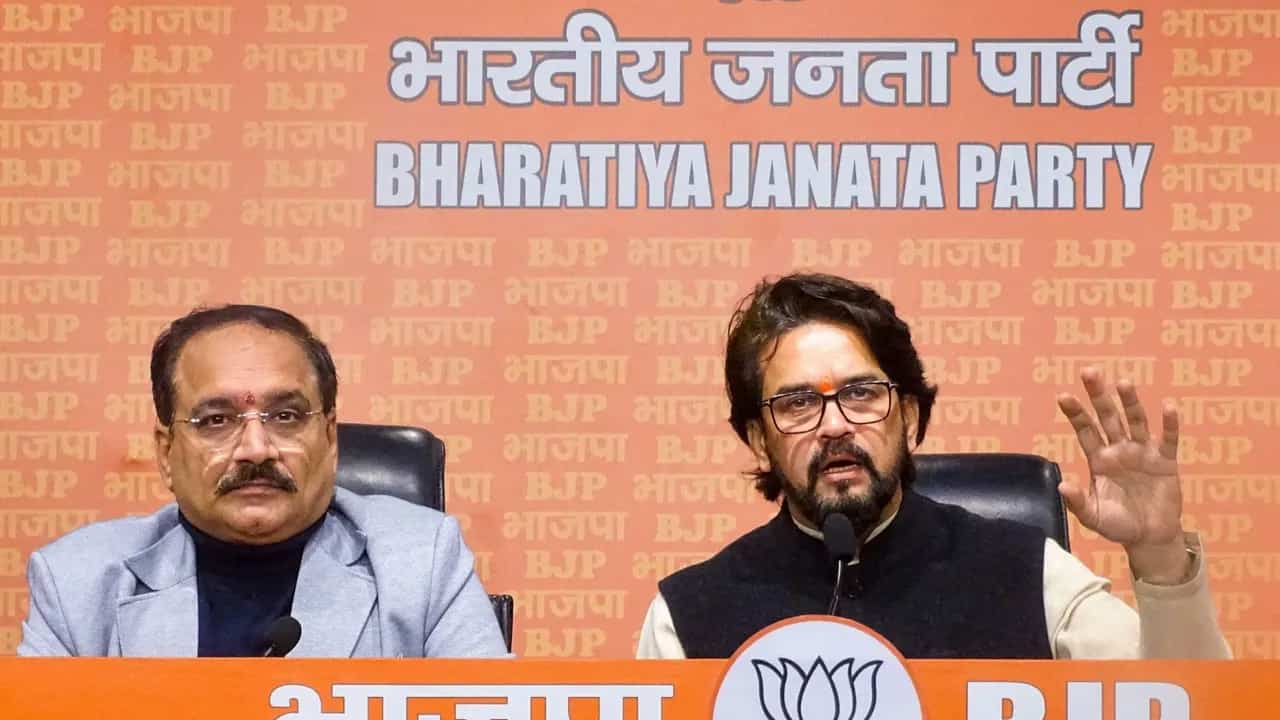


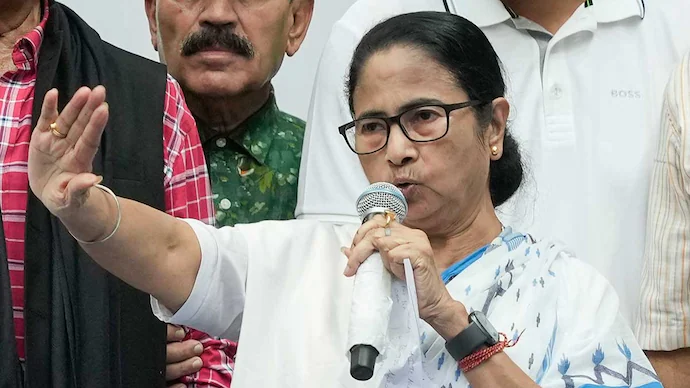





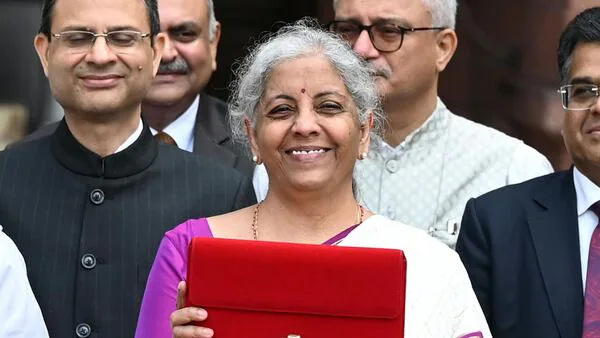
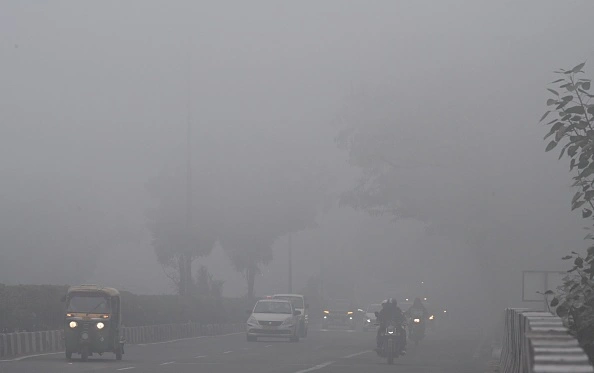

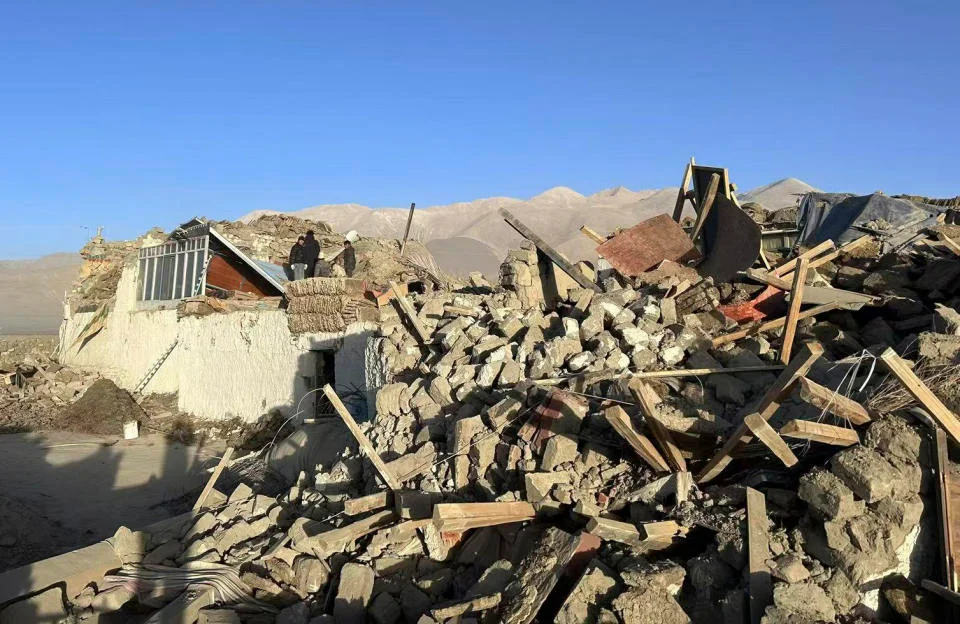


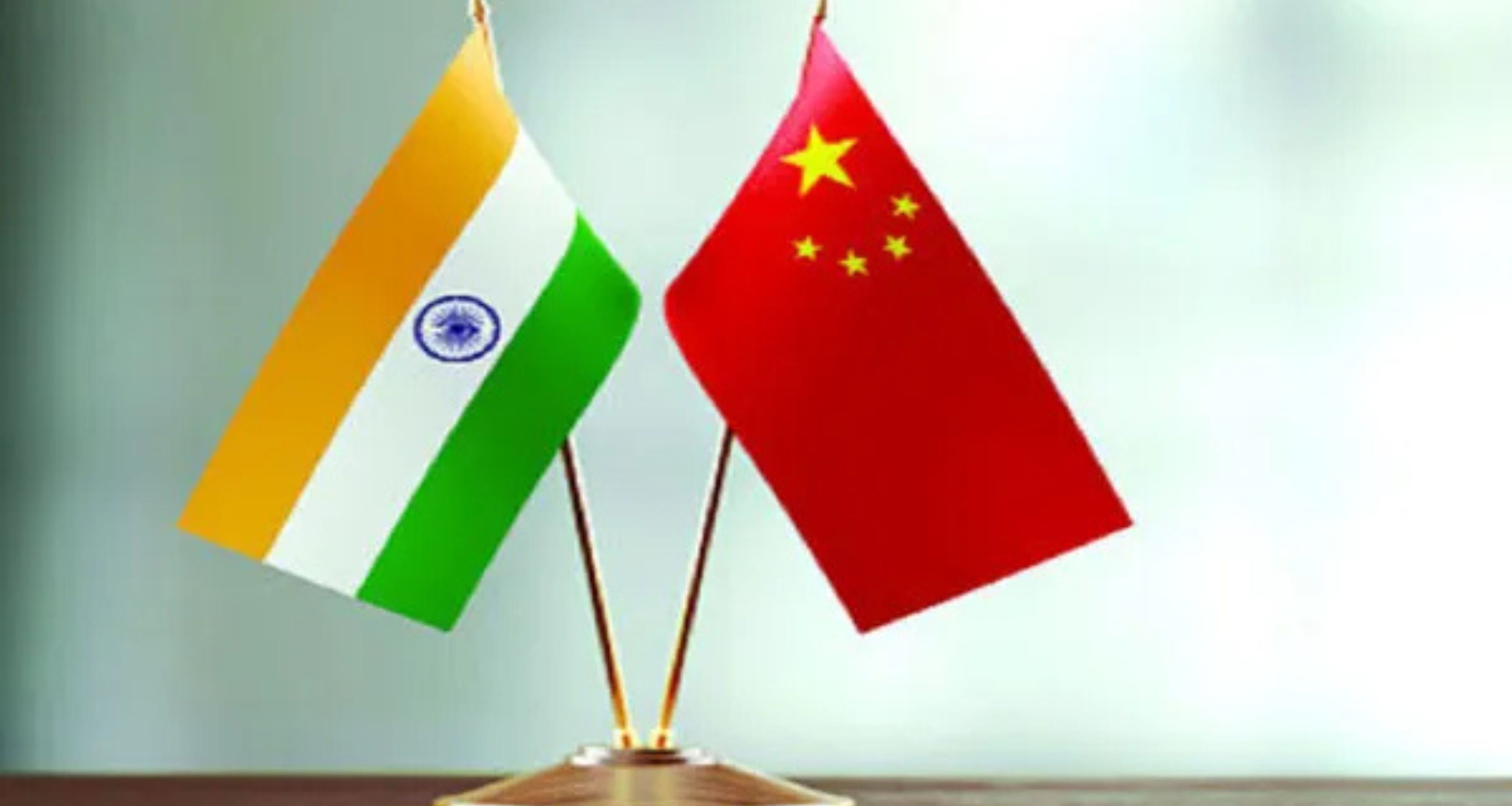

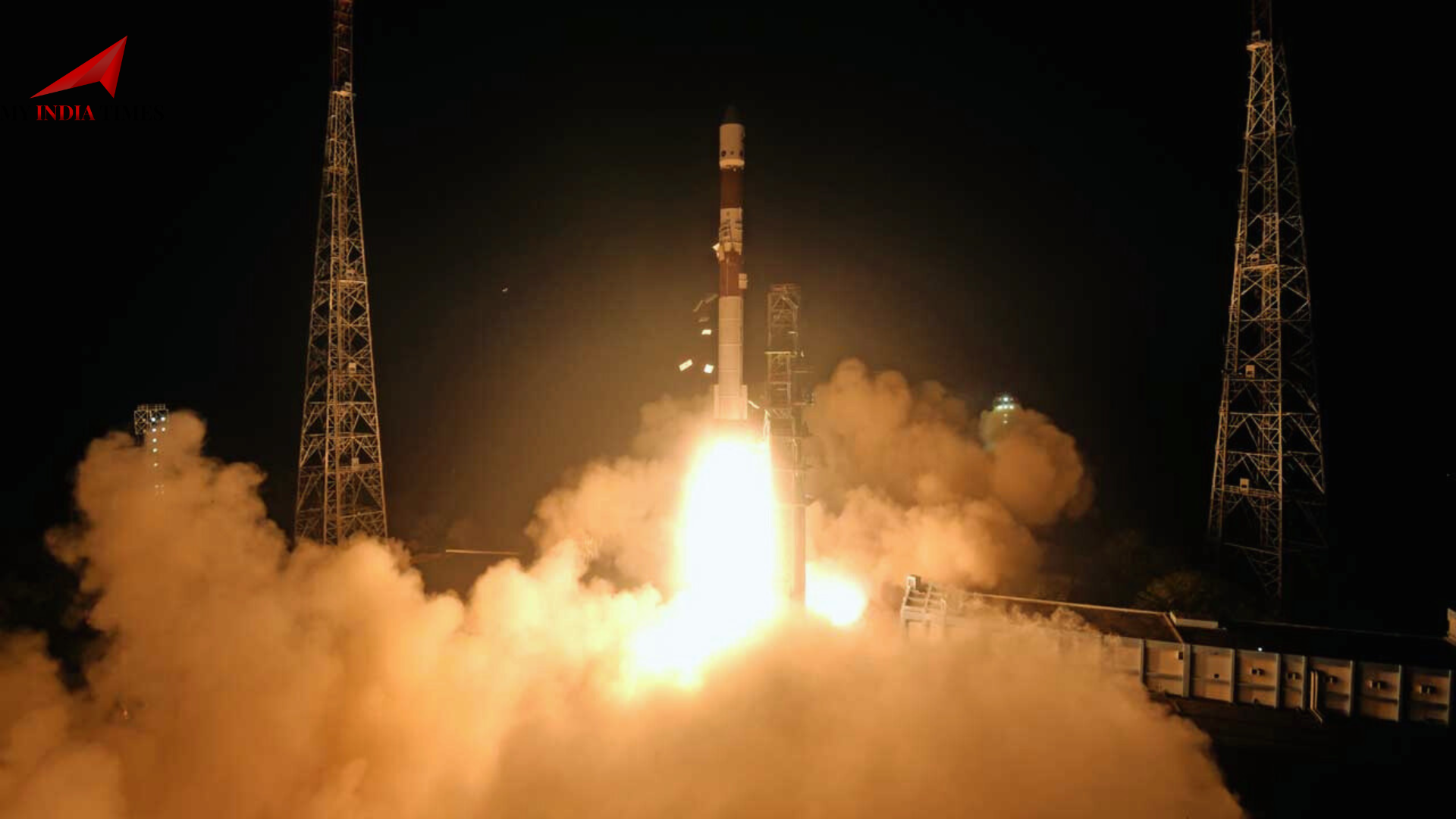

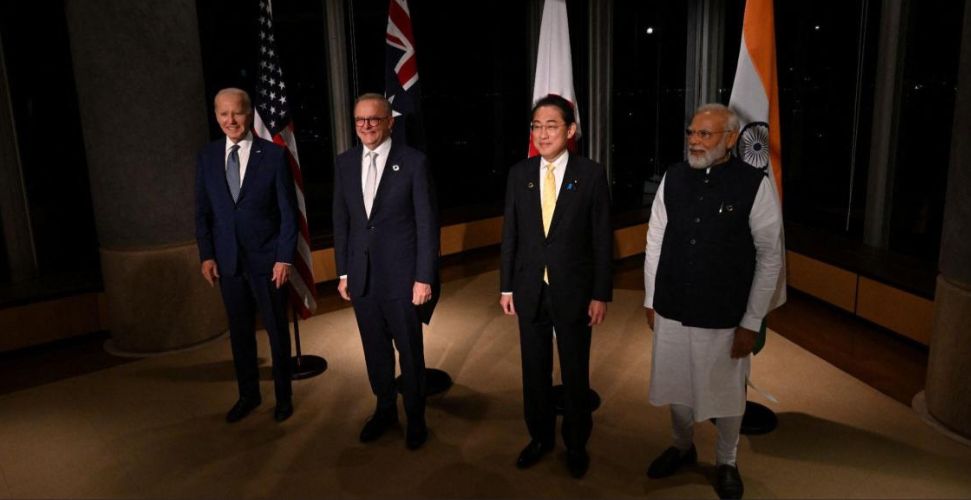
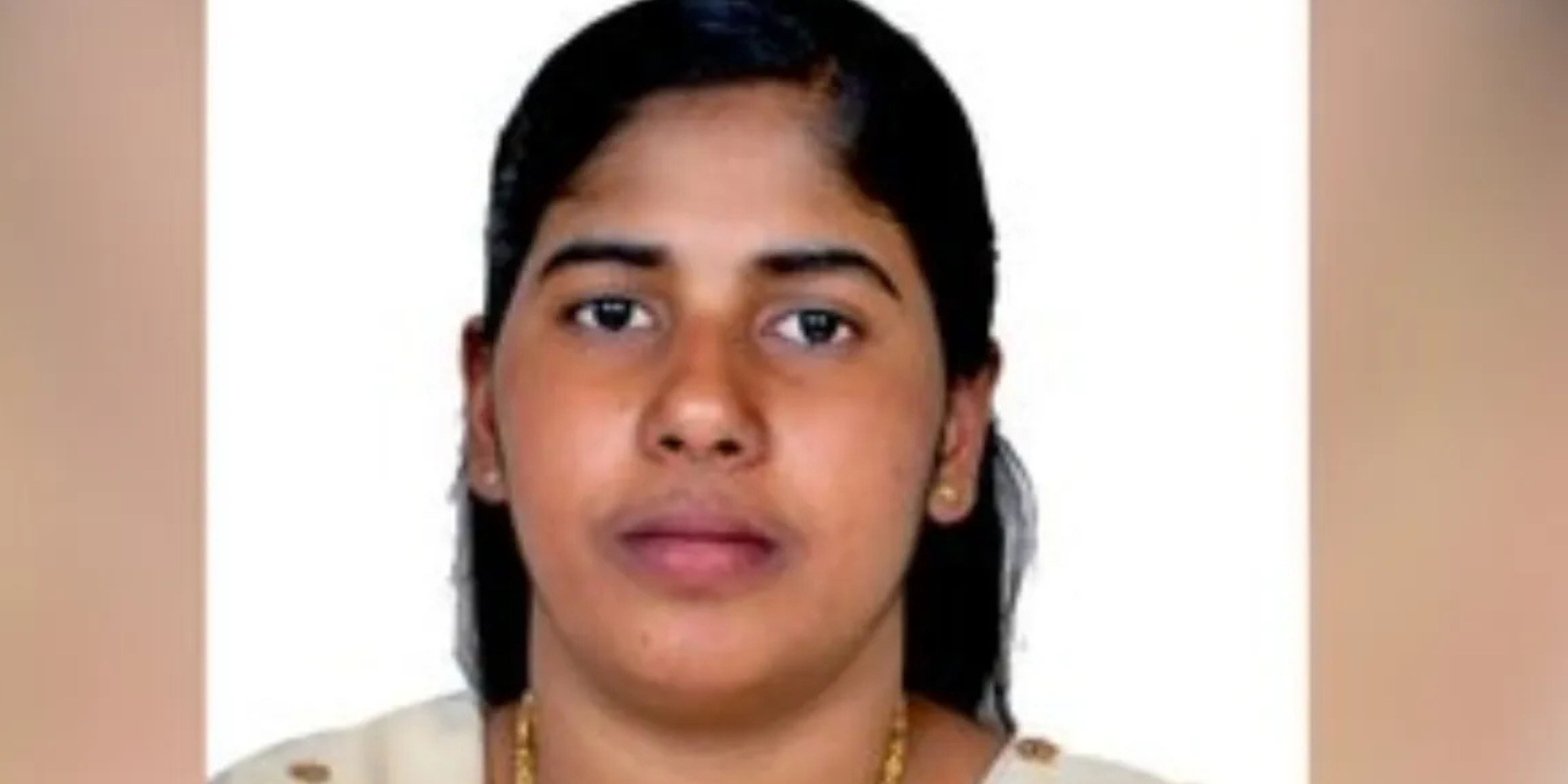

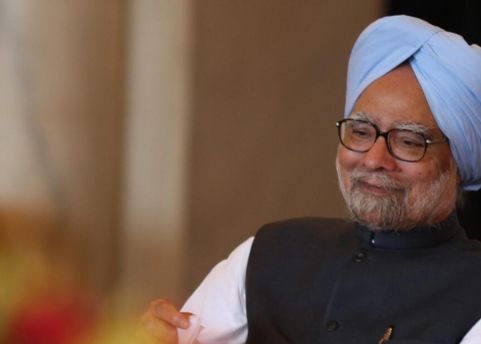

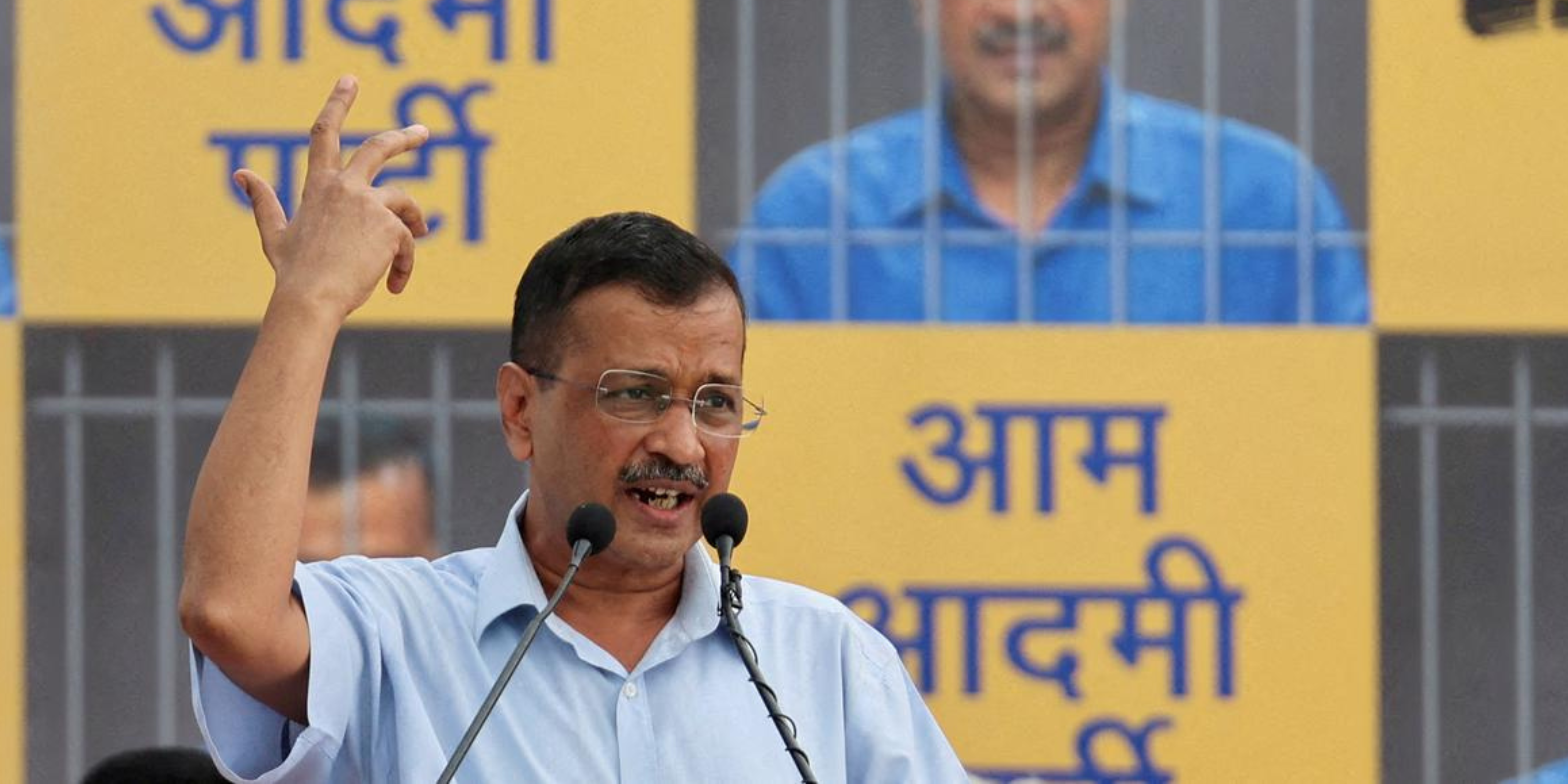

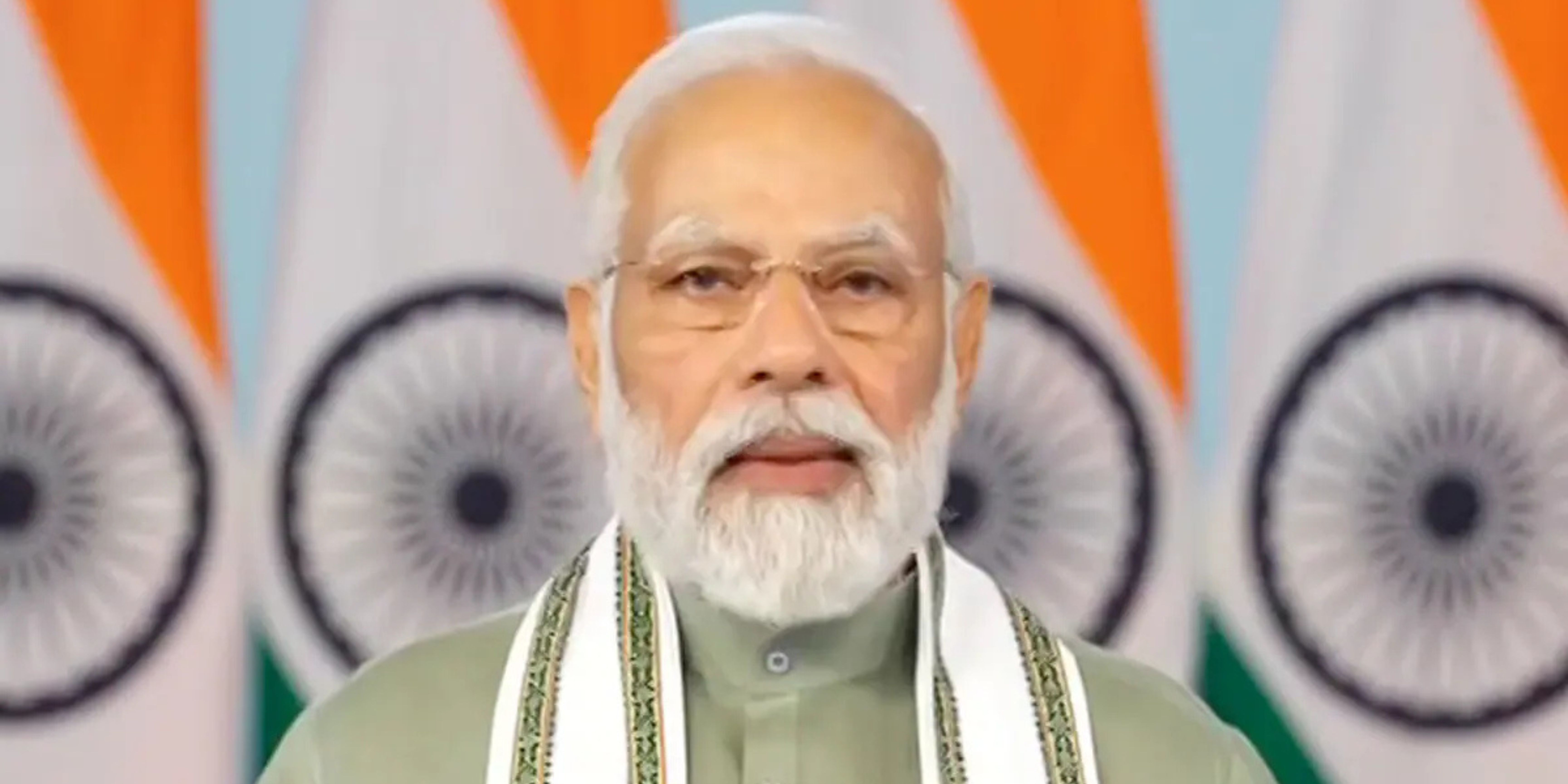
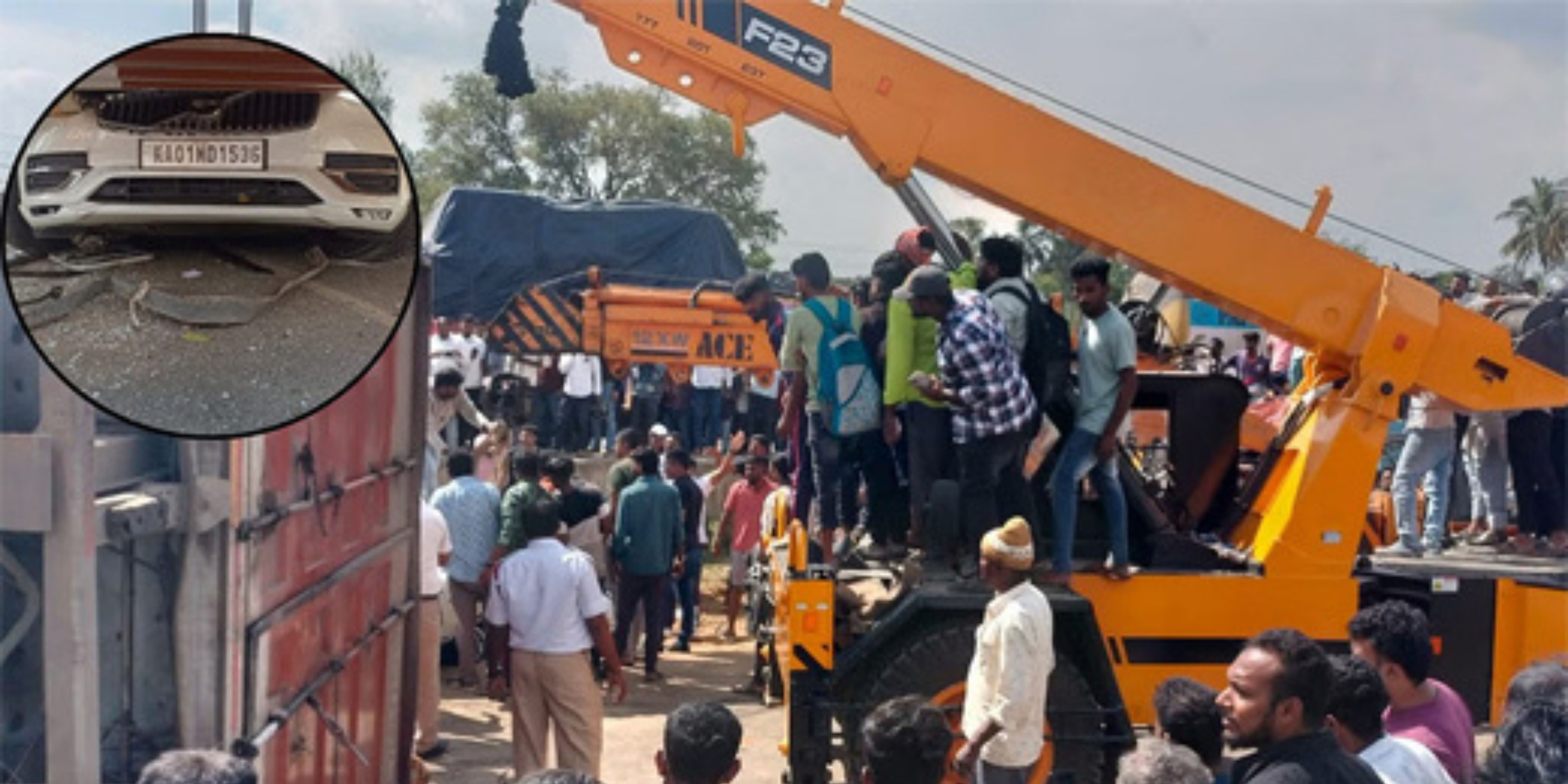




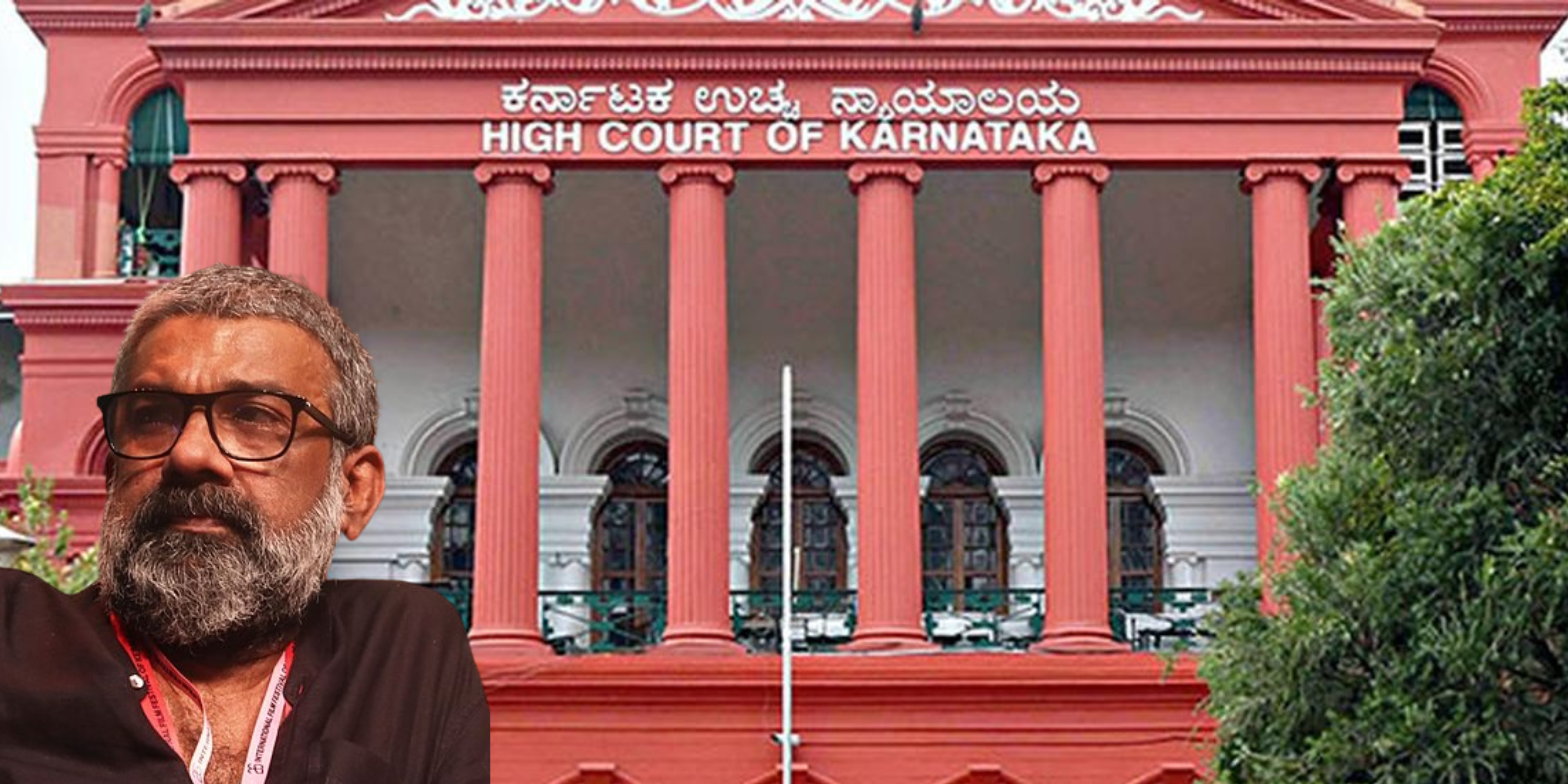
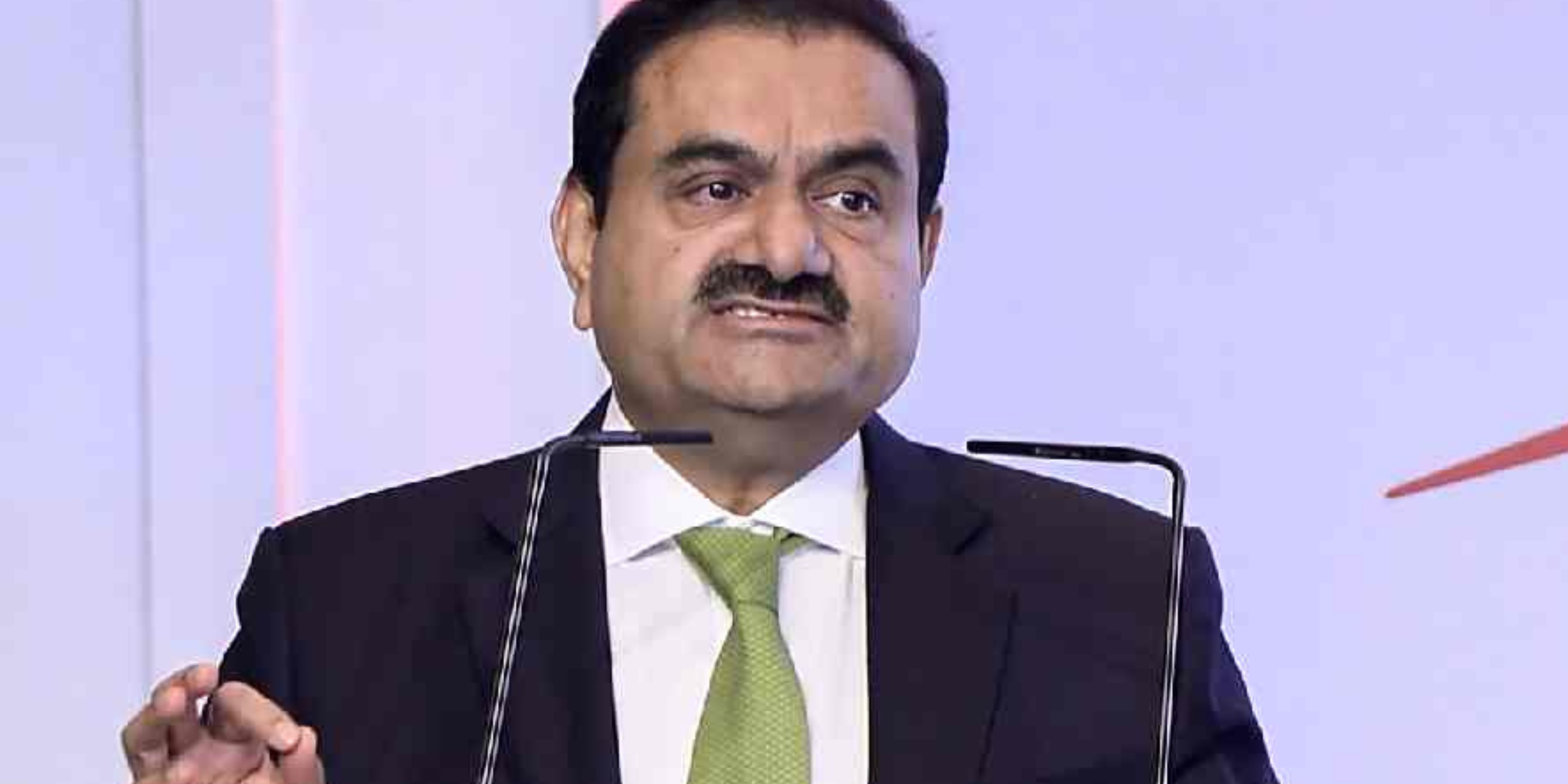
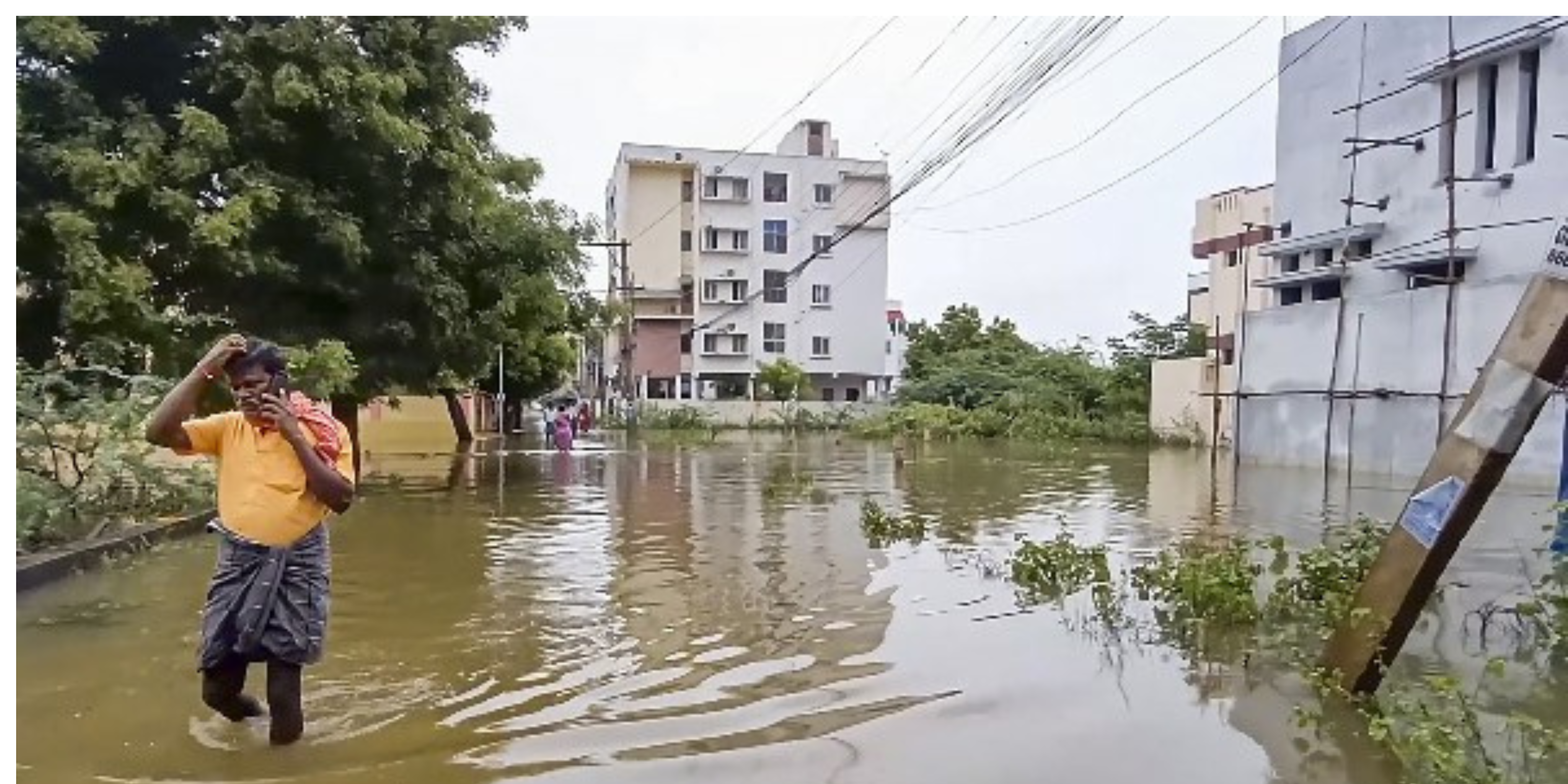
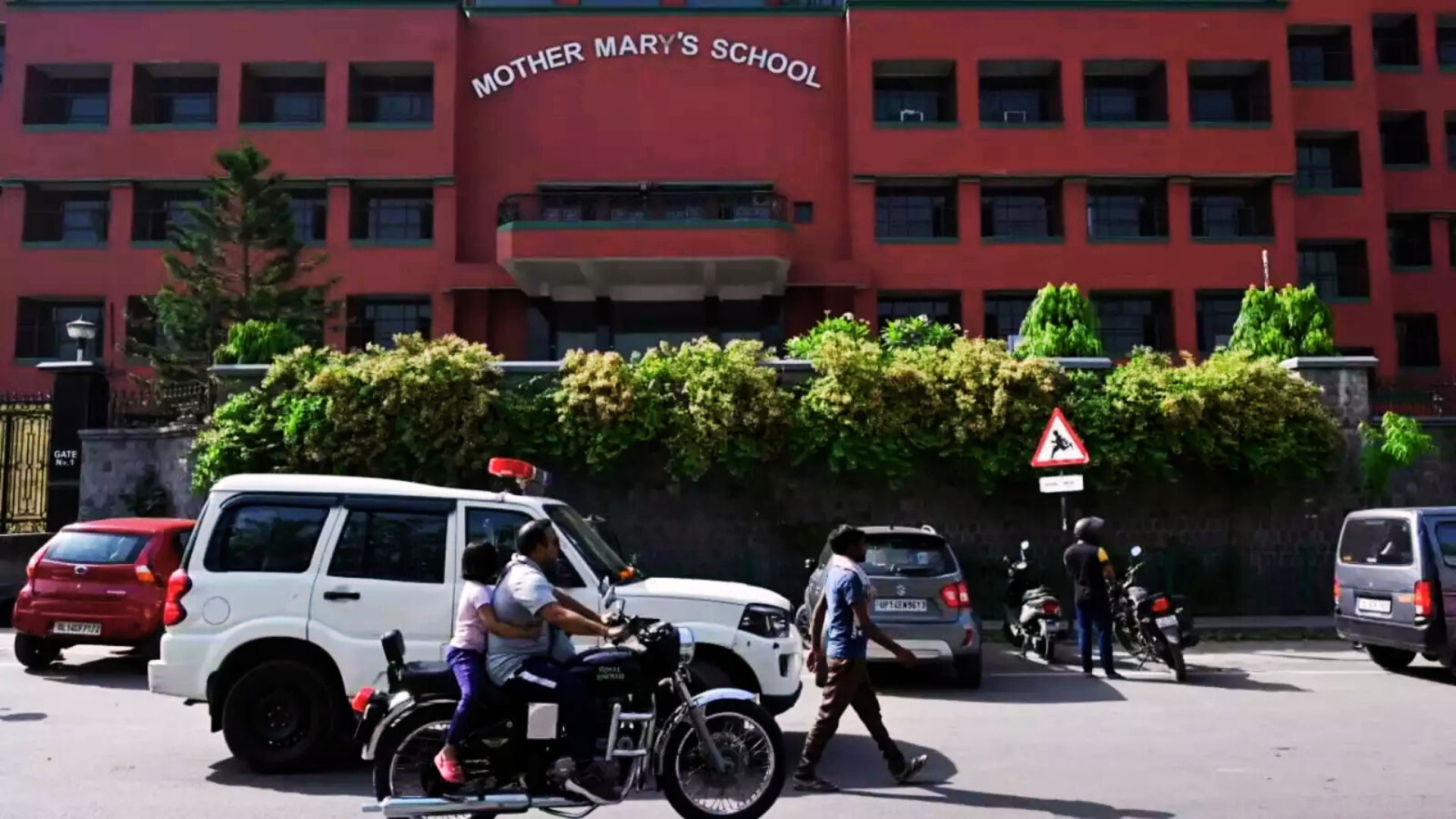


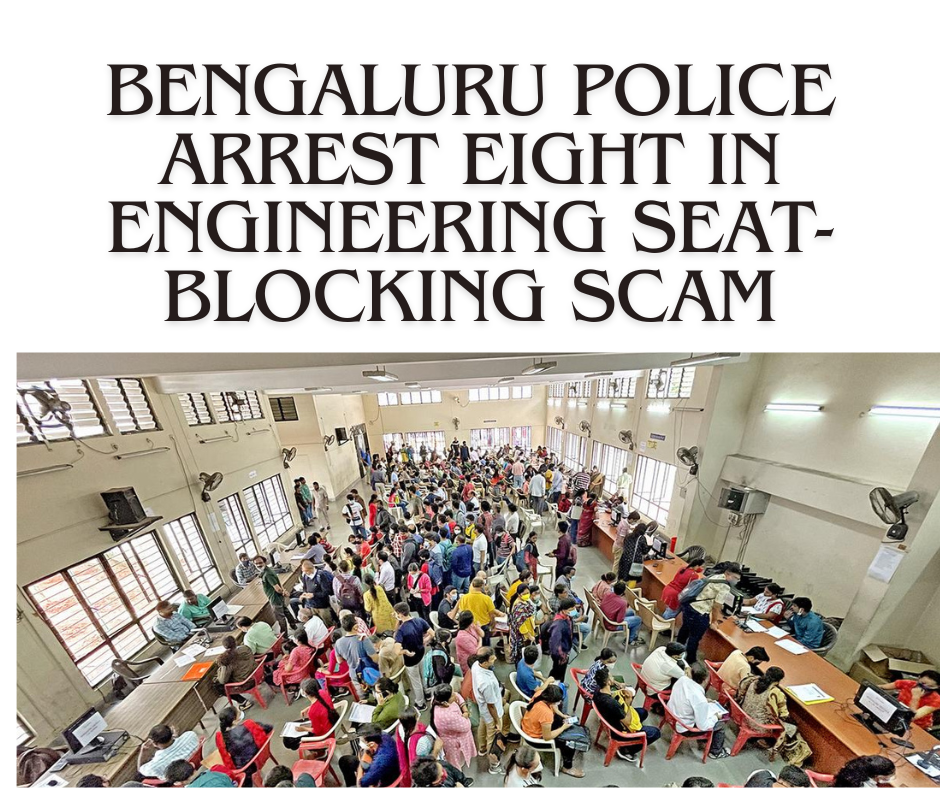
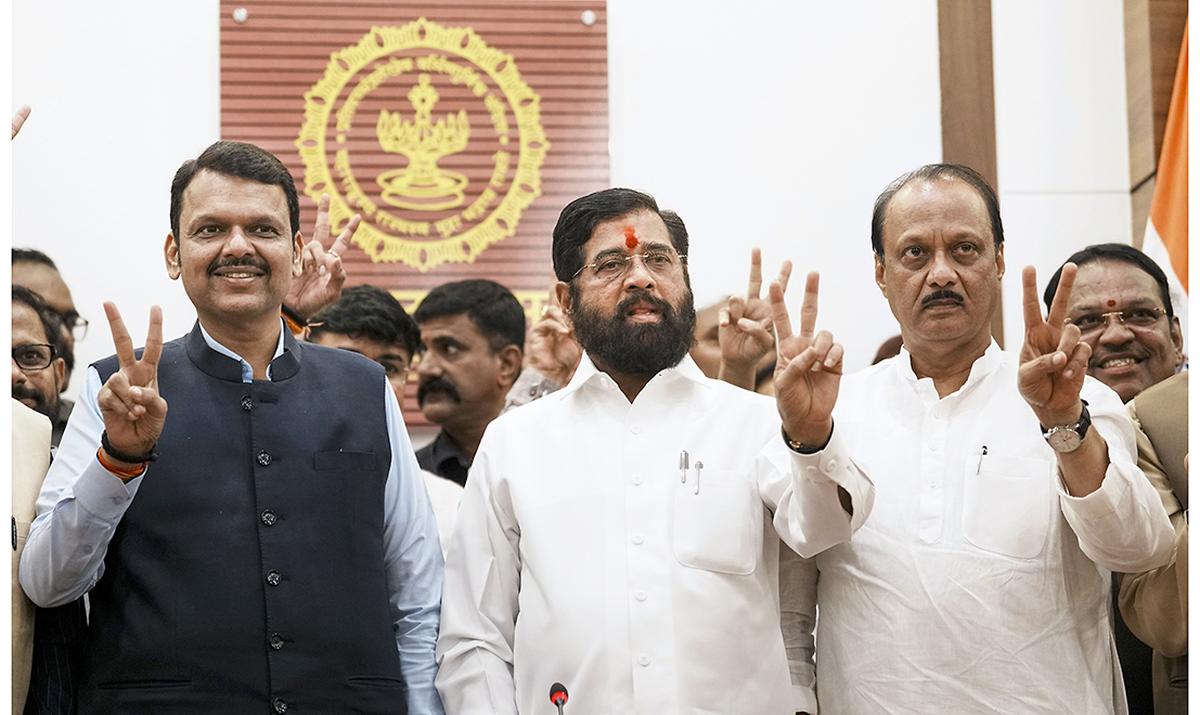
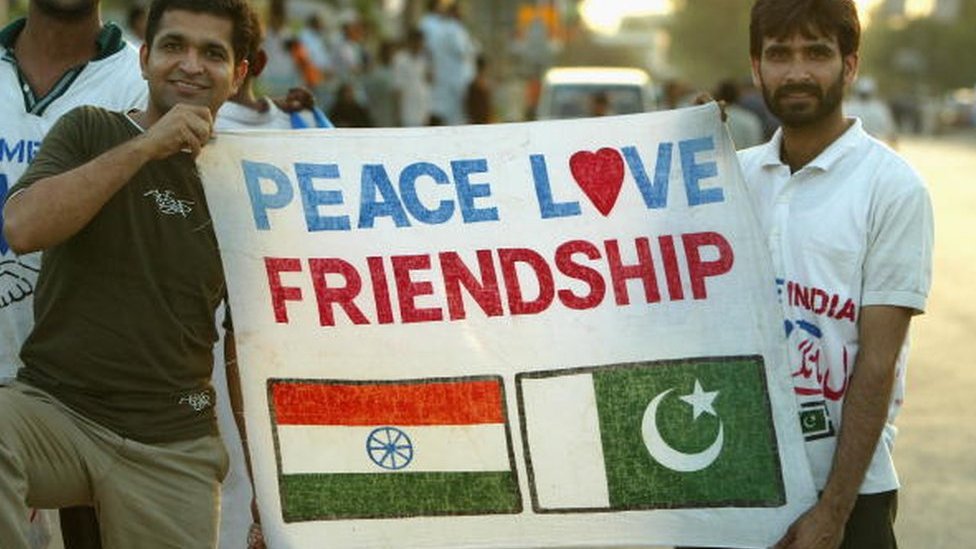
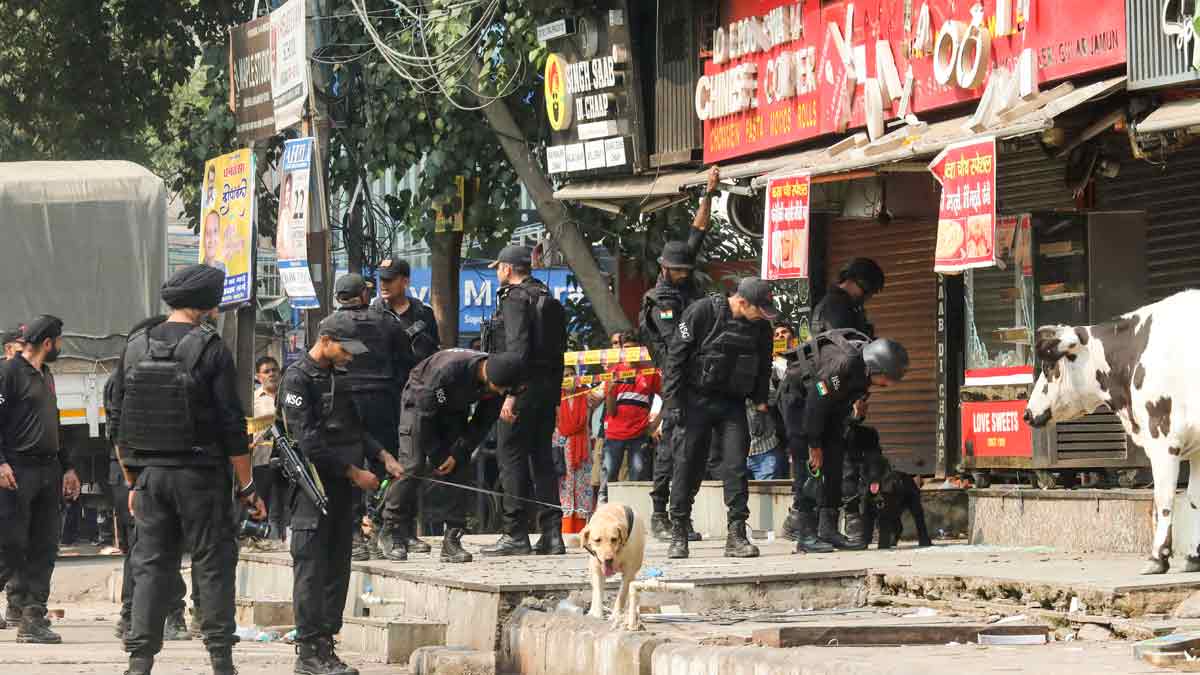


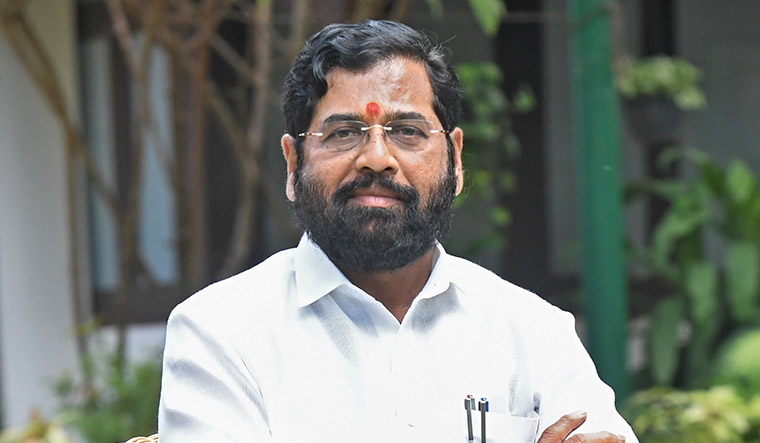
.png)
 (1).png)
